
漢德百科全書 | 汉德百科全书
 Norwegen
Norwegen
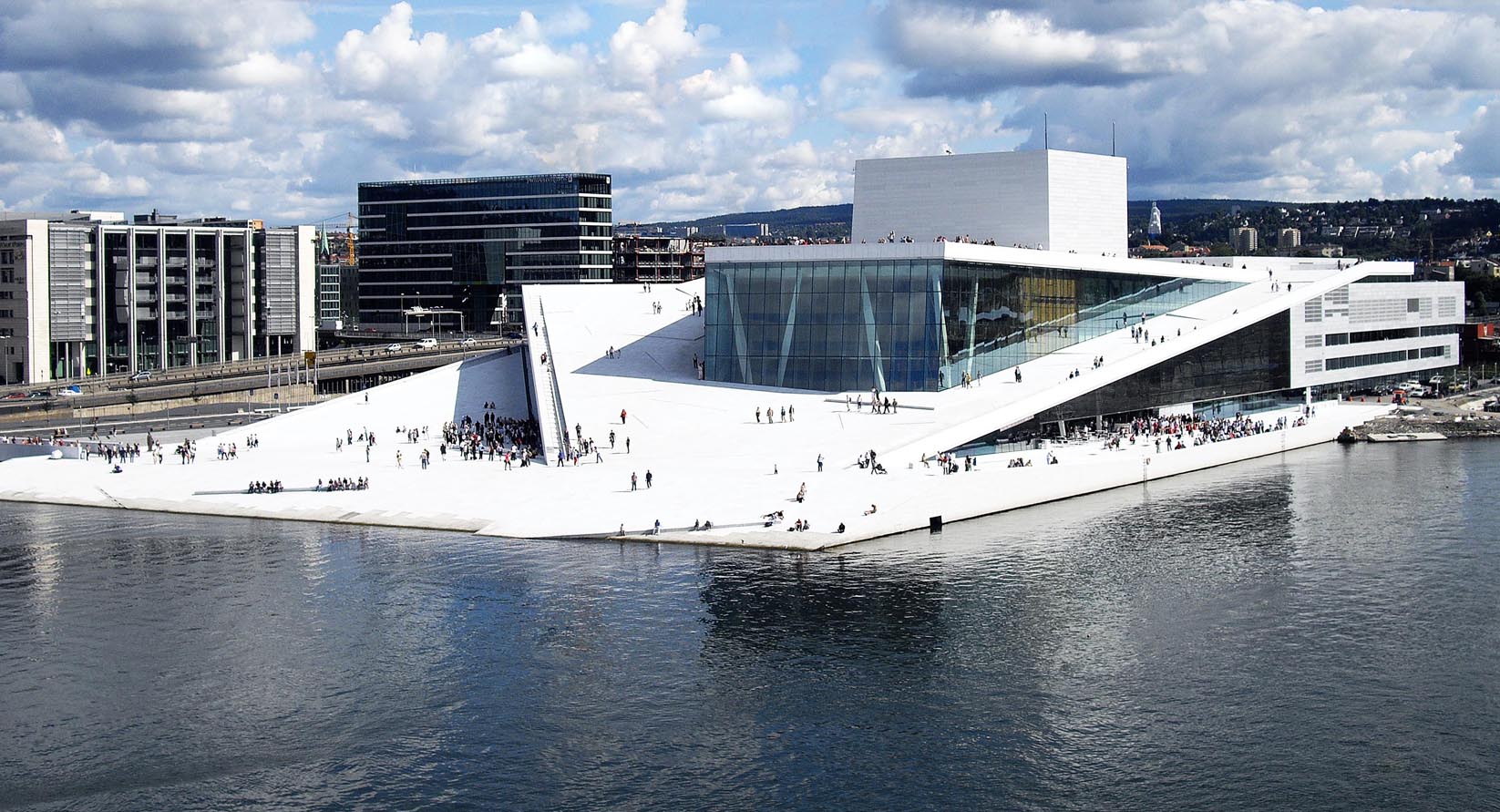


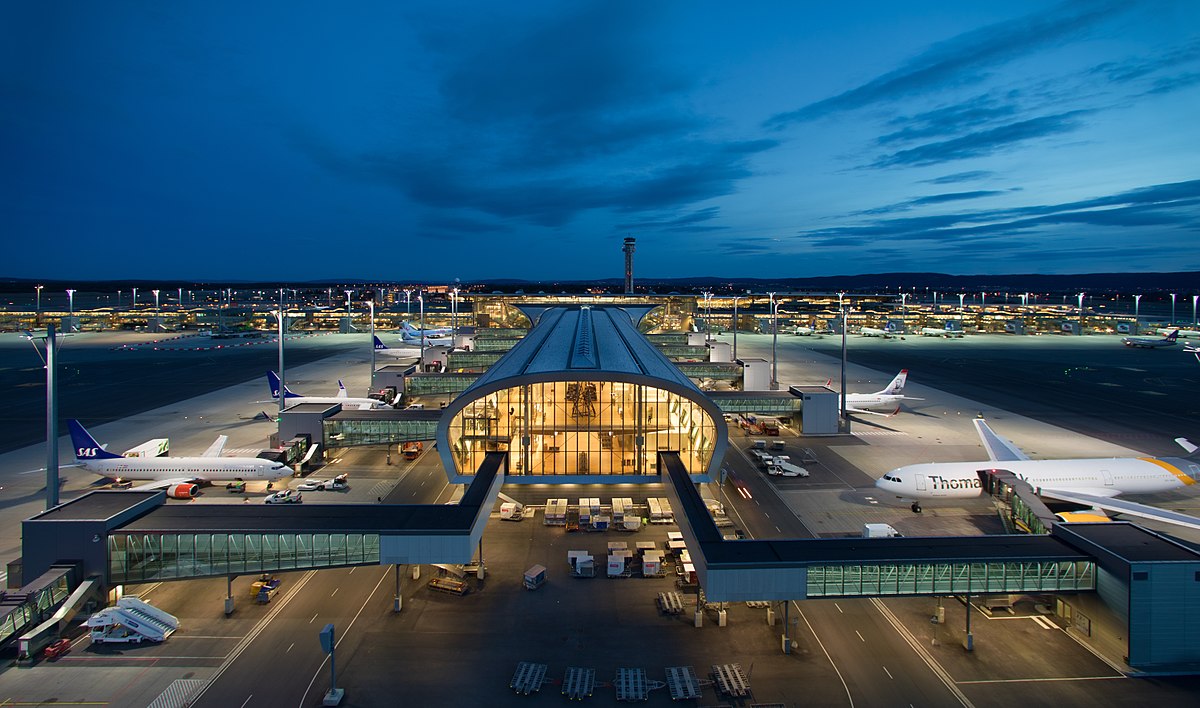
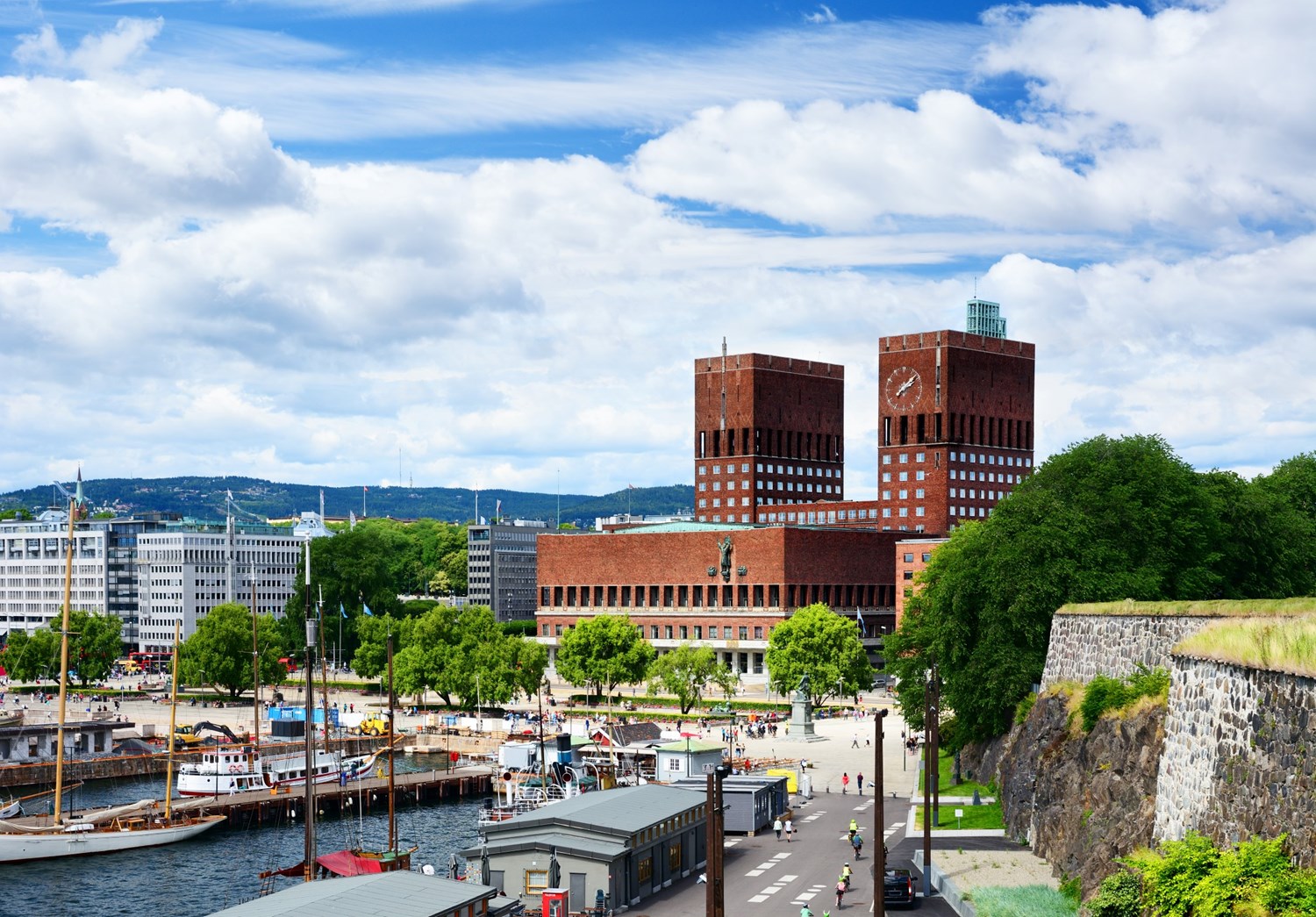

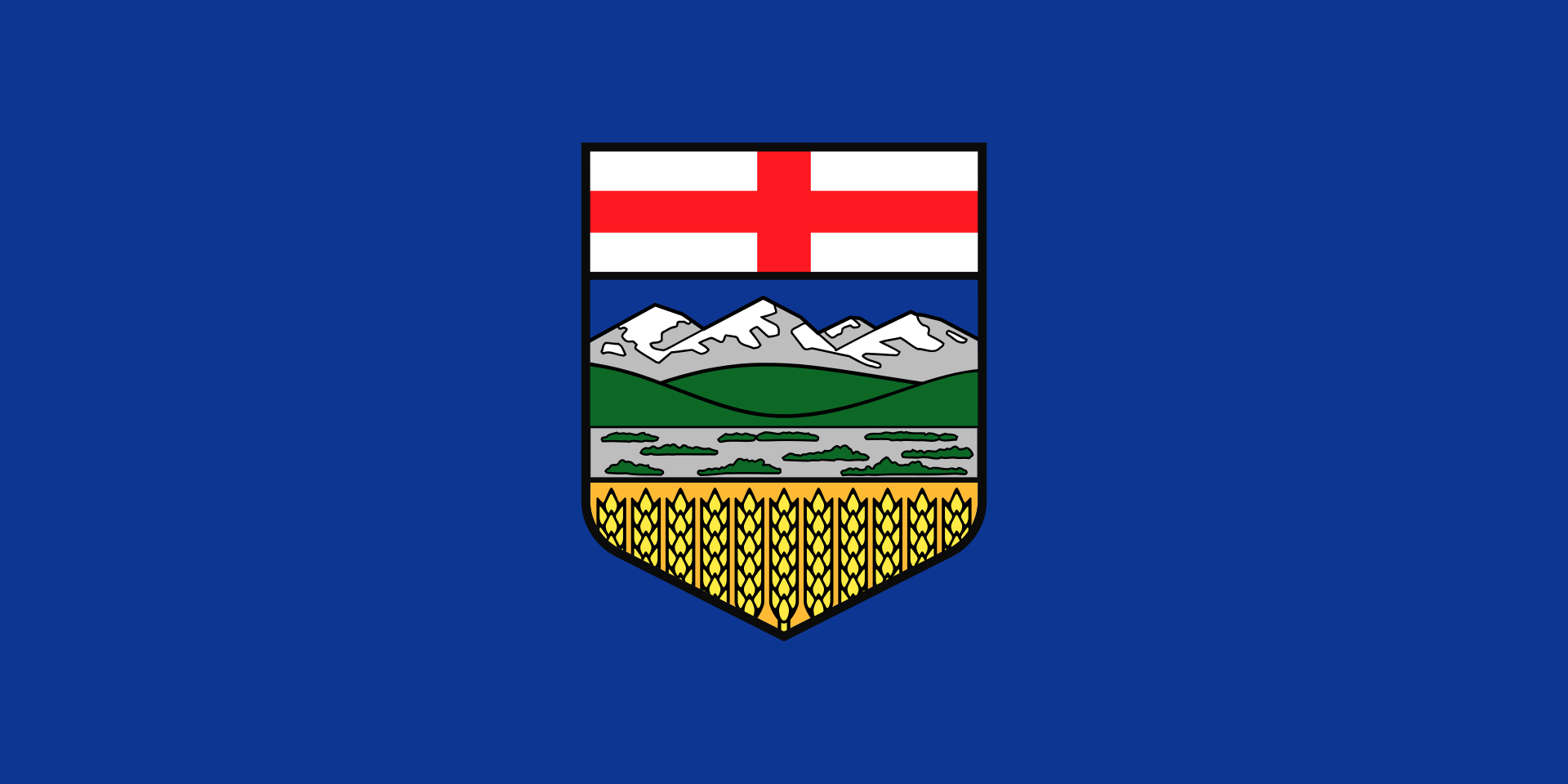 Alberta-AB
Alberta-AB
 Argentina
Argentina
 Australia
Australia

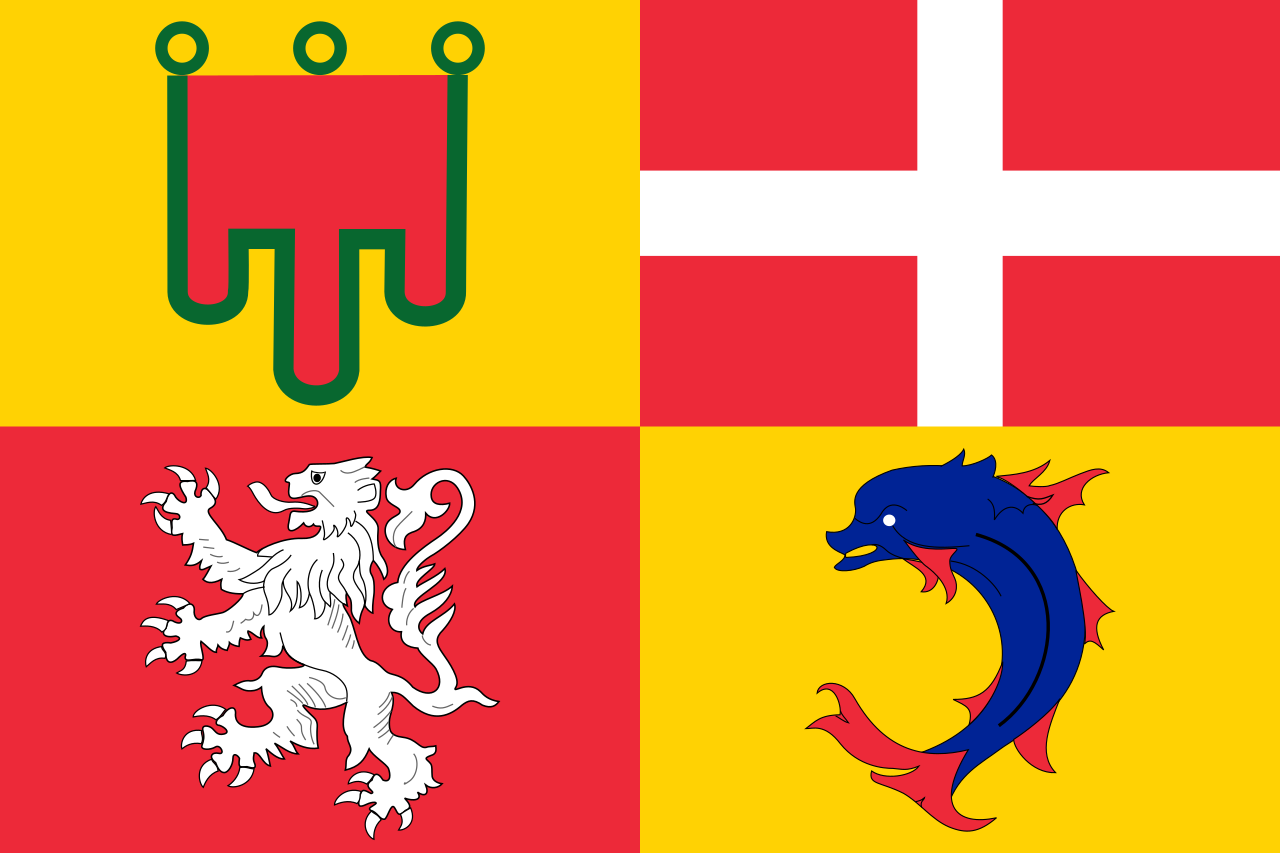 Auvergne-Rhône-Alpes
Auvergne-Rhône-Alpes

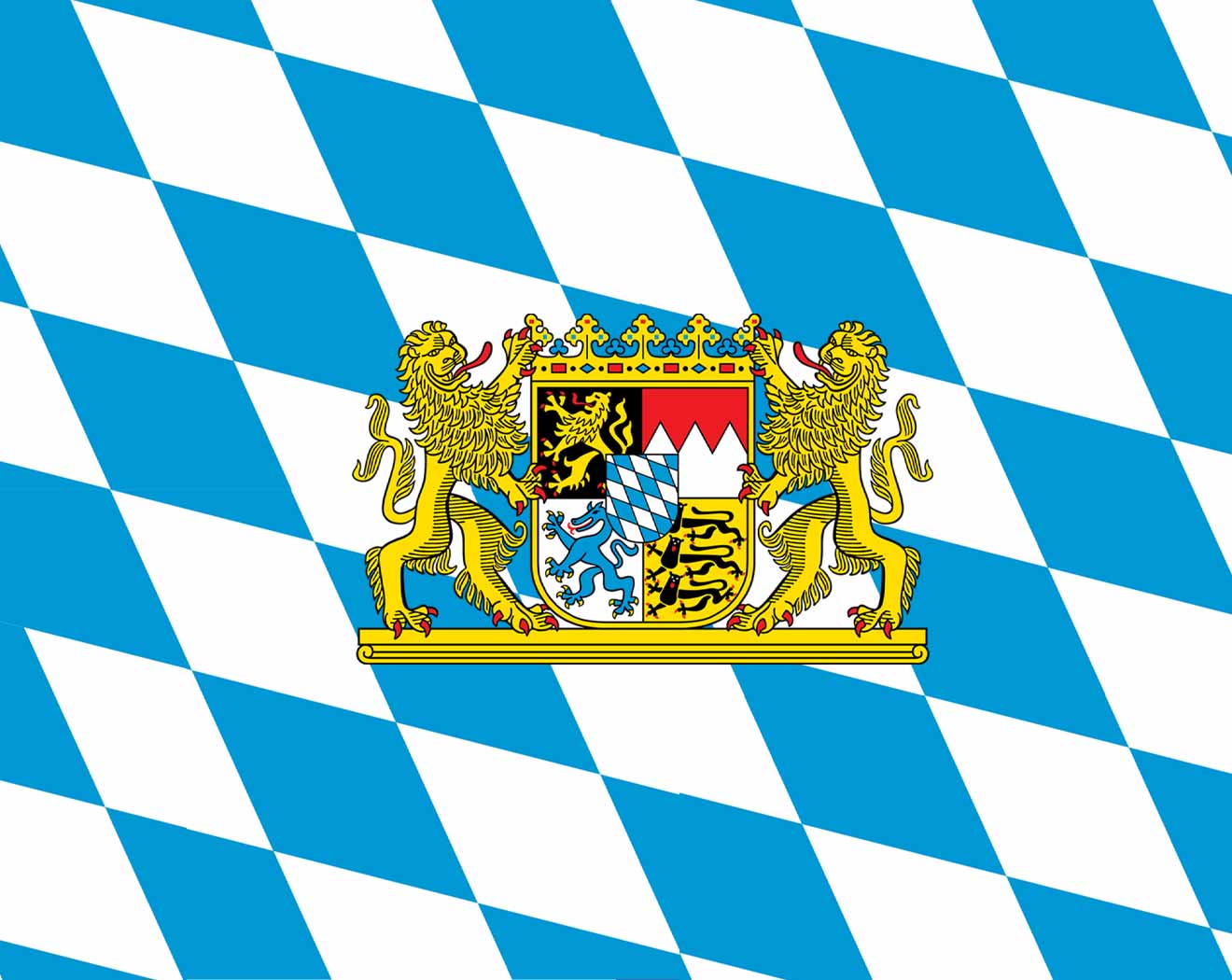 Bavaria
Bavaria
 Beijing Shi-BJ
Beijing Shi-BJ

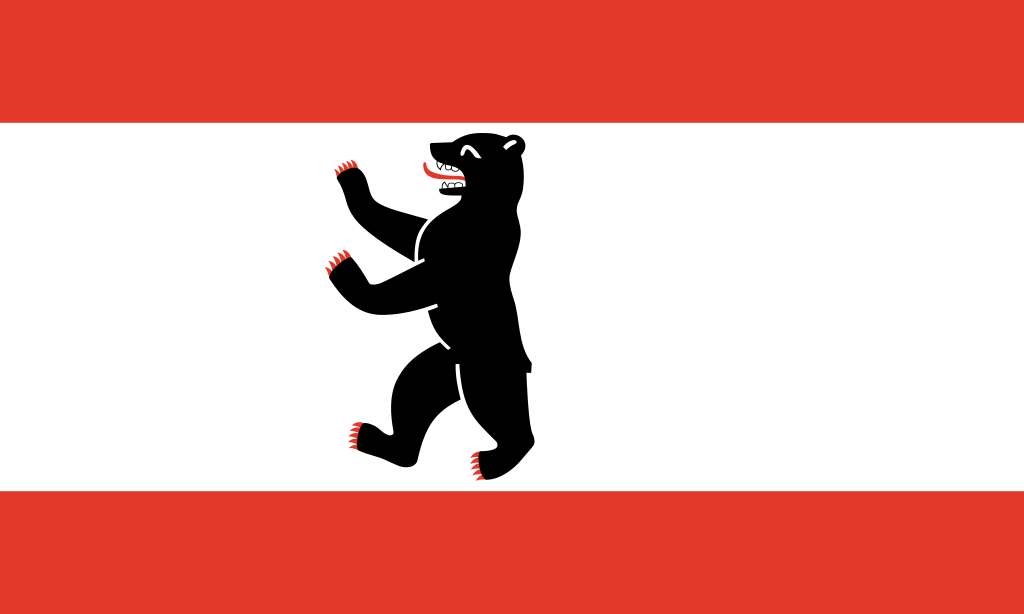 Berlin
Berlin
 Bosnia Herzegovina
Bosnia Herzegovina
 Brazil
Brazil

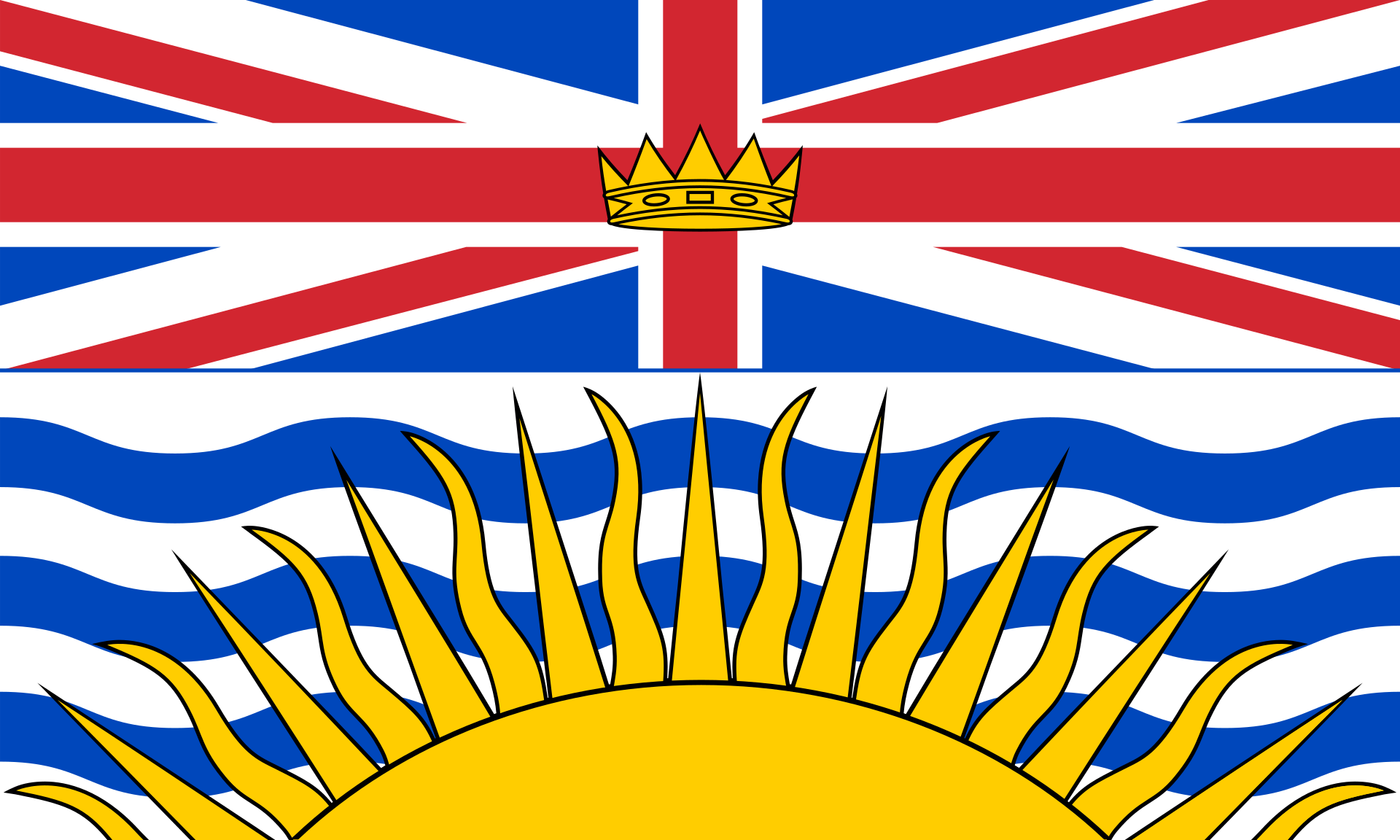 British Columbia-BC
British Columbia-BC

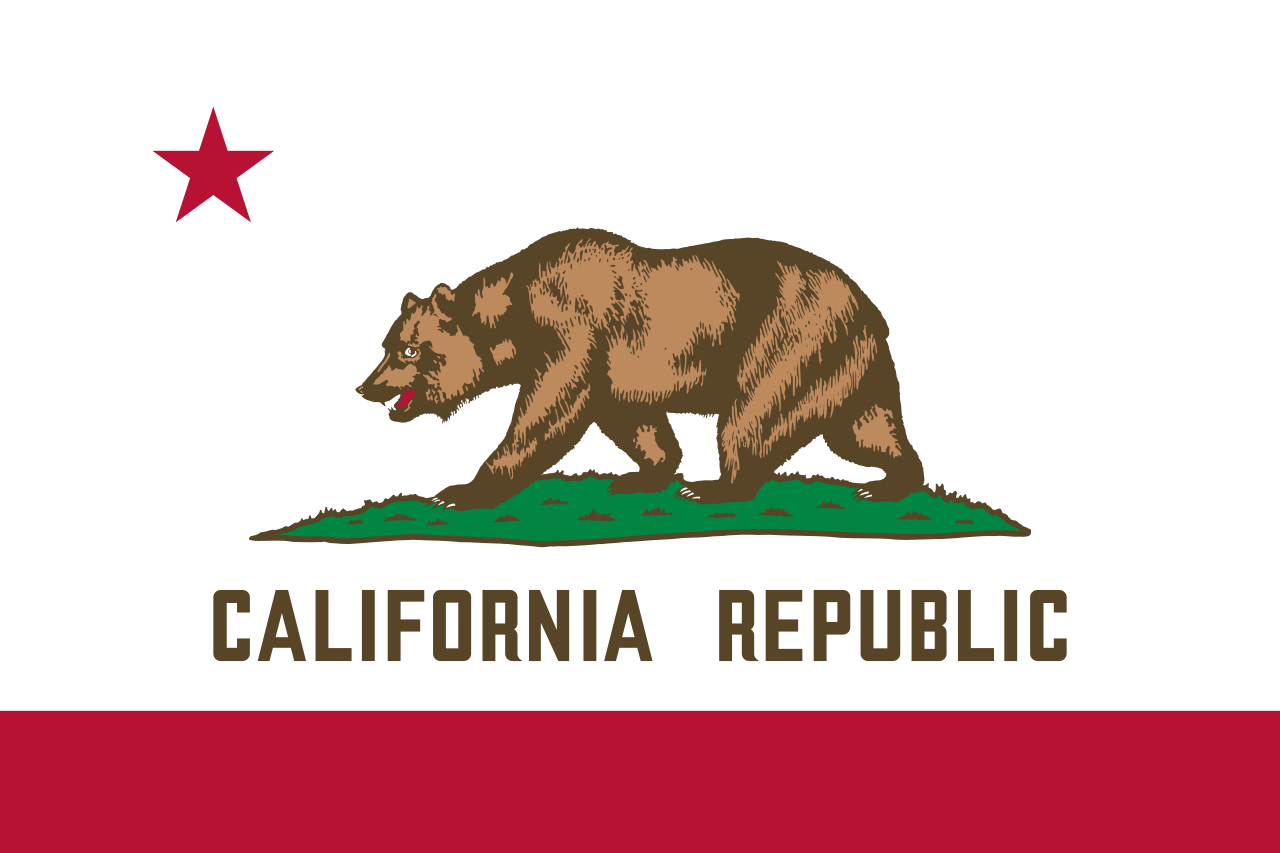 California-CA
California-CA

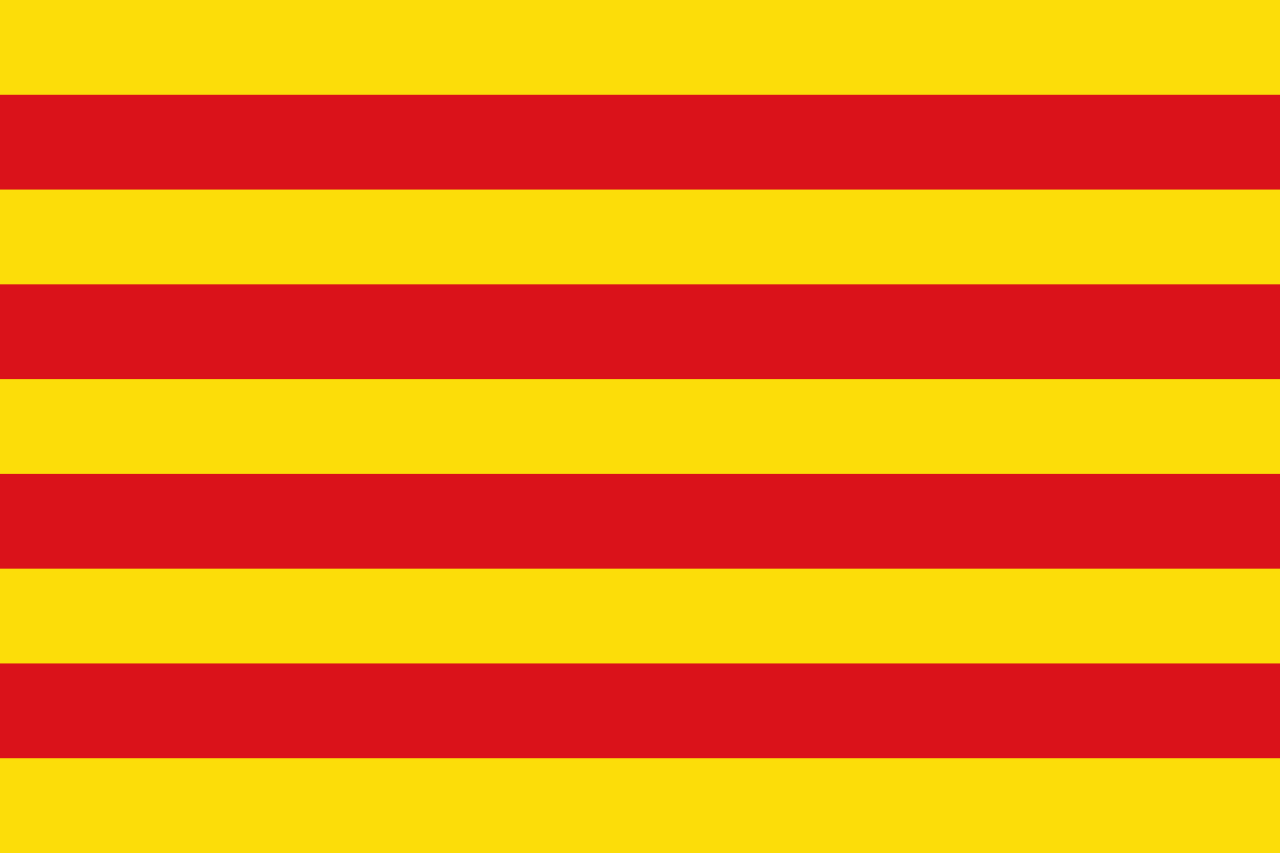 Cataluña
Cataluña
 China
China
 Chūbu
Chūbu
 Germany
Germany
 England
England
 France
France

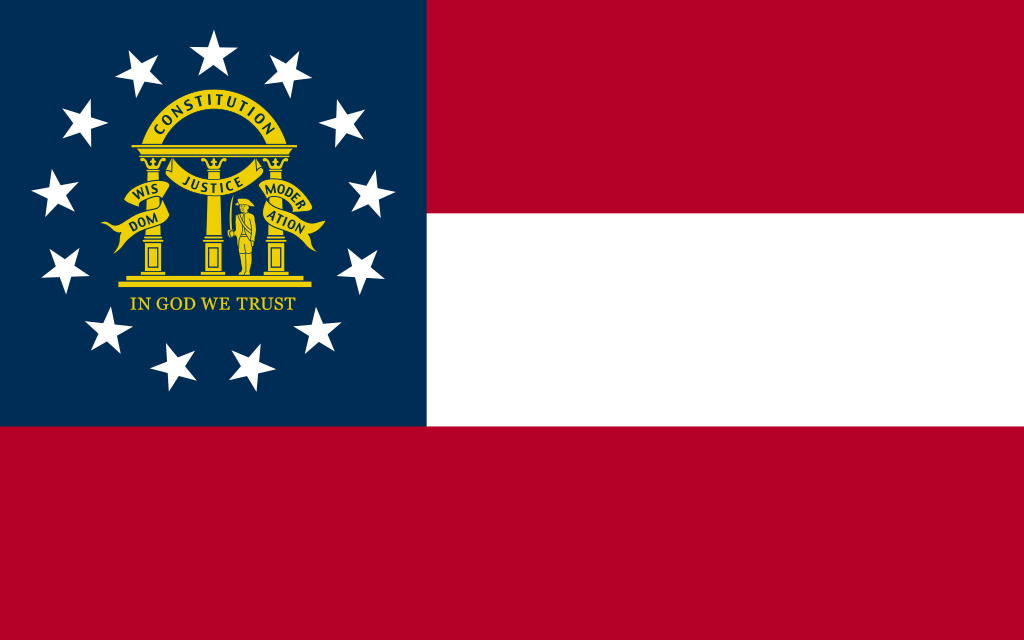 Georgia-GA
Georgia-GA
 Greece
Greece
 Hokkaidō
Hokkaidō

 Ile-de-France
Ile-de-France
 Italy
Italy
 Japan
Japan
 Jiangsu Sheng-JS
Jiangsu Sheng-JS
 Canada
Canada
 Kantō
Kantō

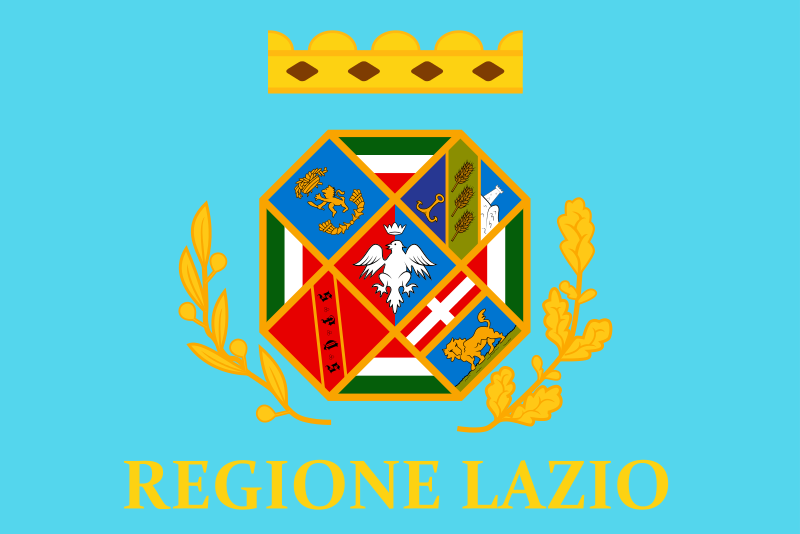 Lazio
Lazio

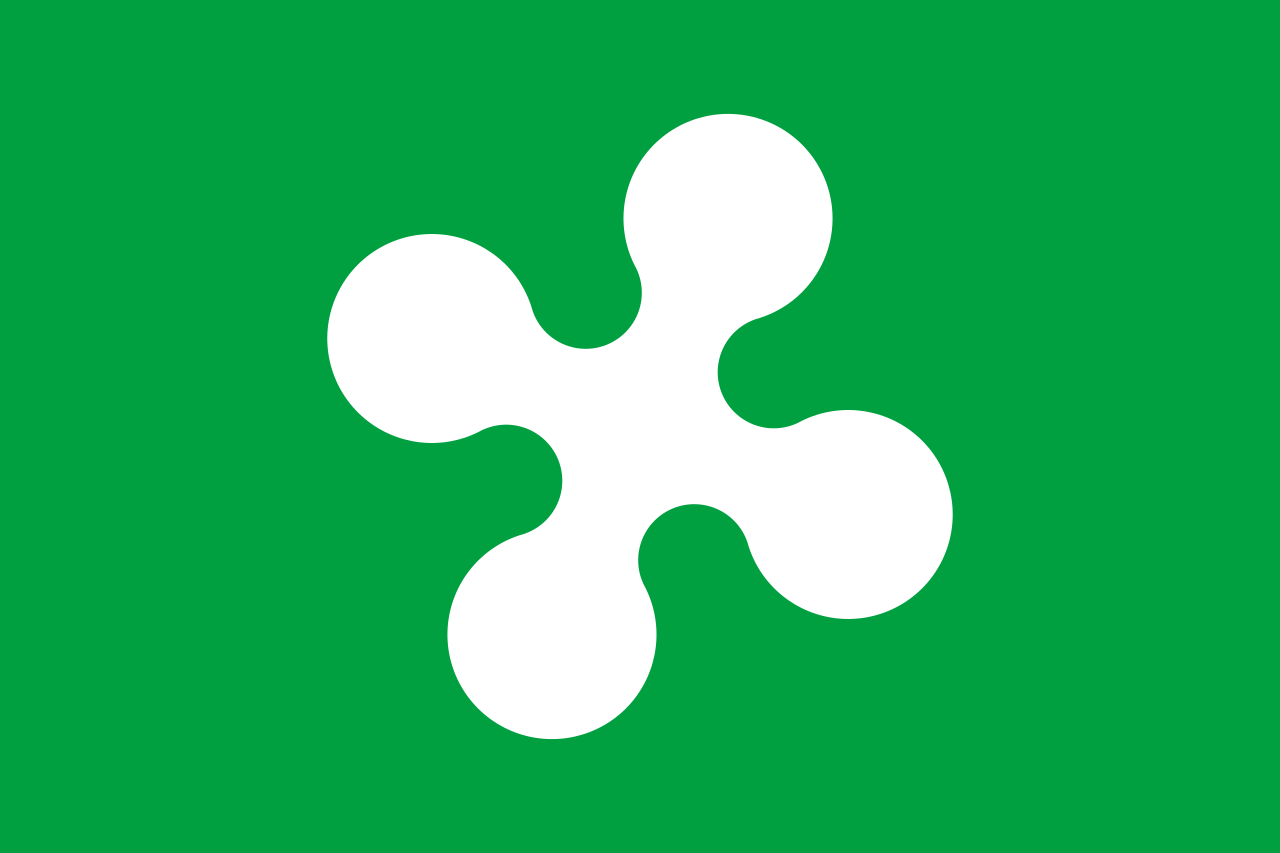 Lombardia
Lombardia
 Mexico
Mexico

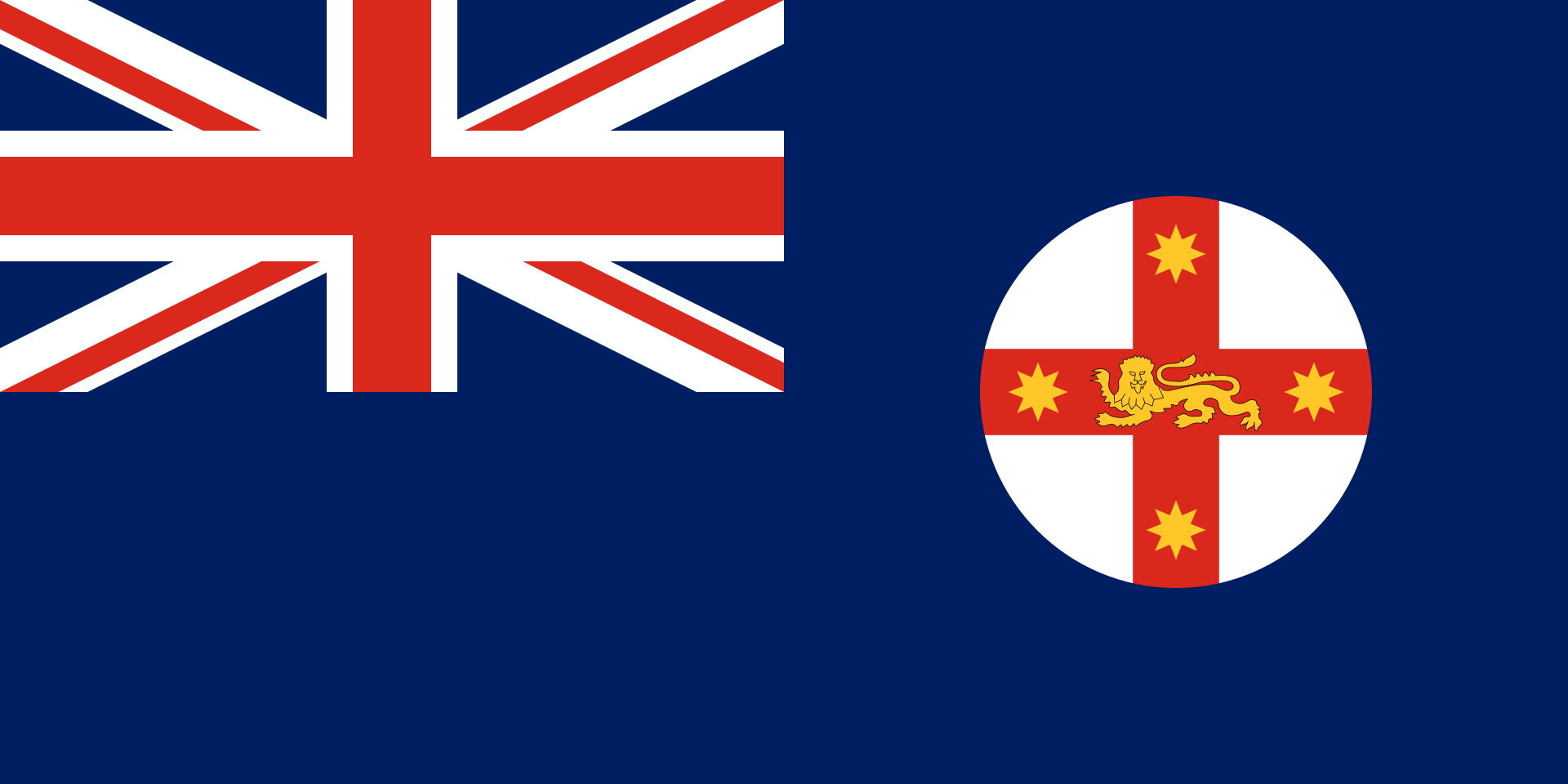 New South Wales-NSW
New South Wales-NSW

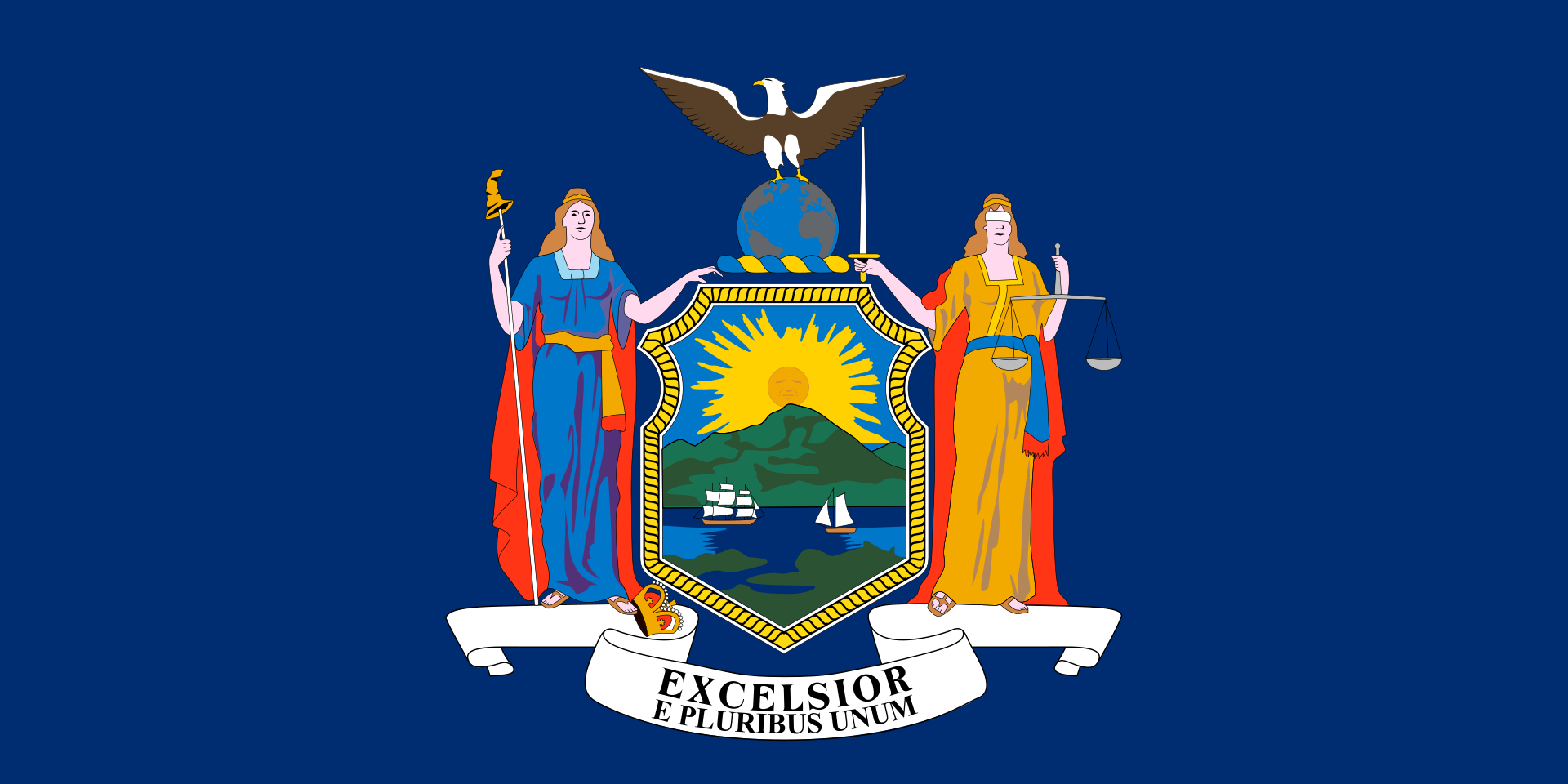 New York-NY
New York-NY
 Norwegen
Norwegen
 Austria
Austria

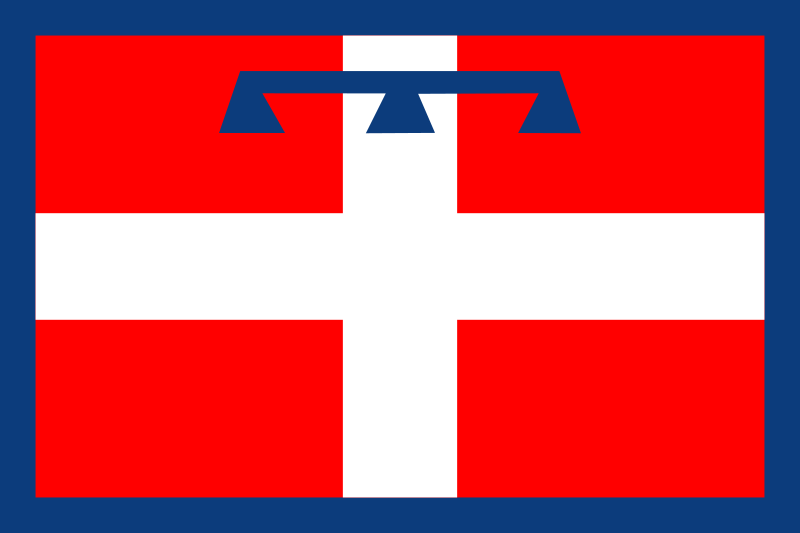 Piemonte
Piemonte

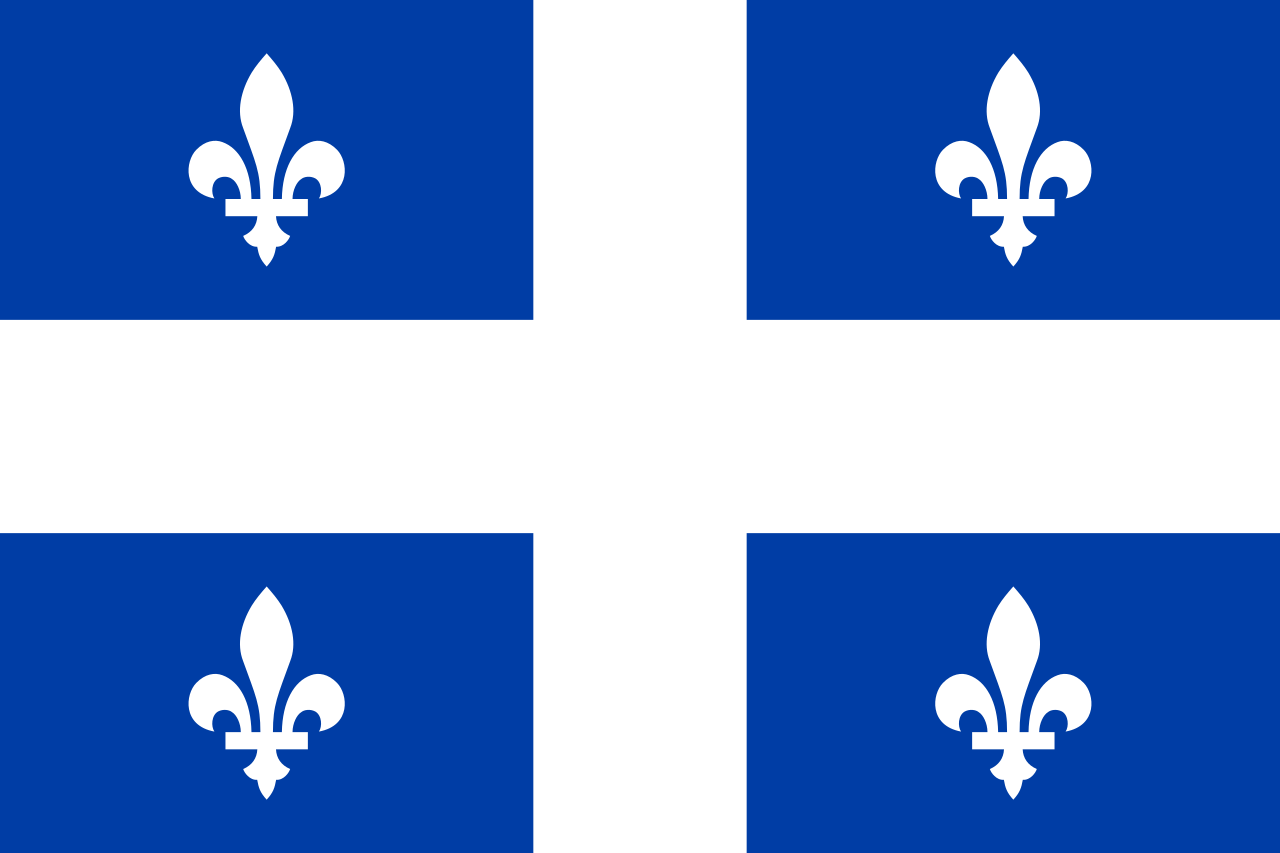 Quebec-QC
Quebec-QC

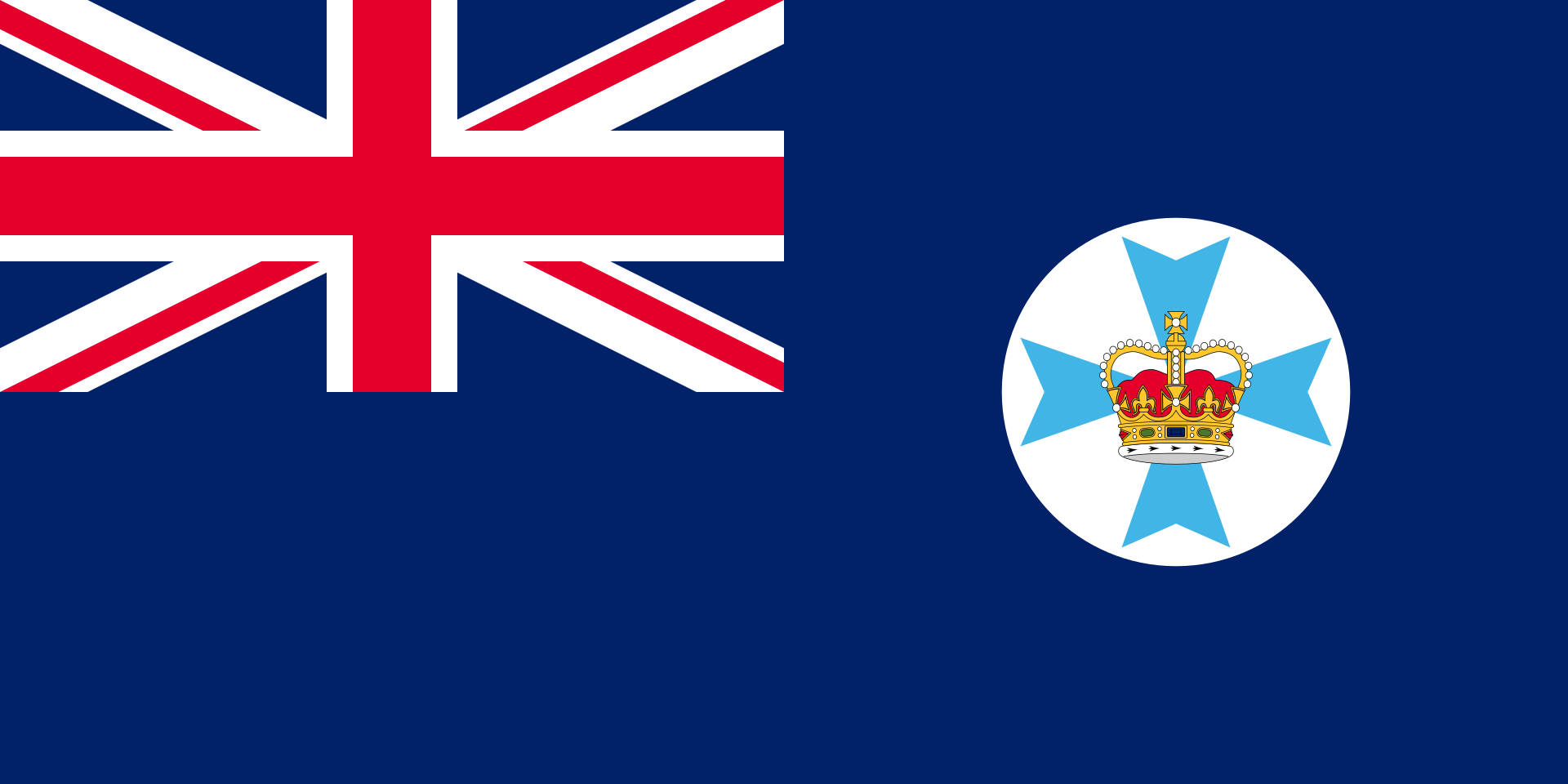 Queensland-QLD
Queensland-QLD
 Republic of Korea
Republic of Korea
 Rio de Janeiro
Rio de Janeiro
 Russia
Russia
 Switzerland
Switzerland
 Senegal
Senegal
 Singapore
Singapore
 Spain
Spain

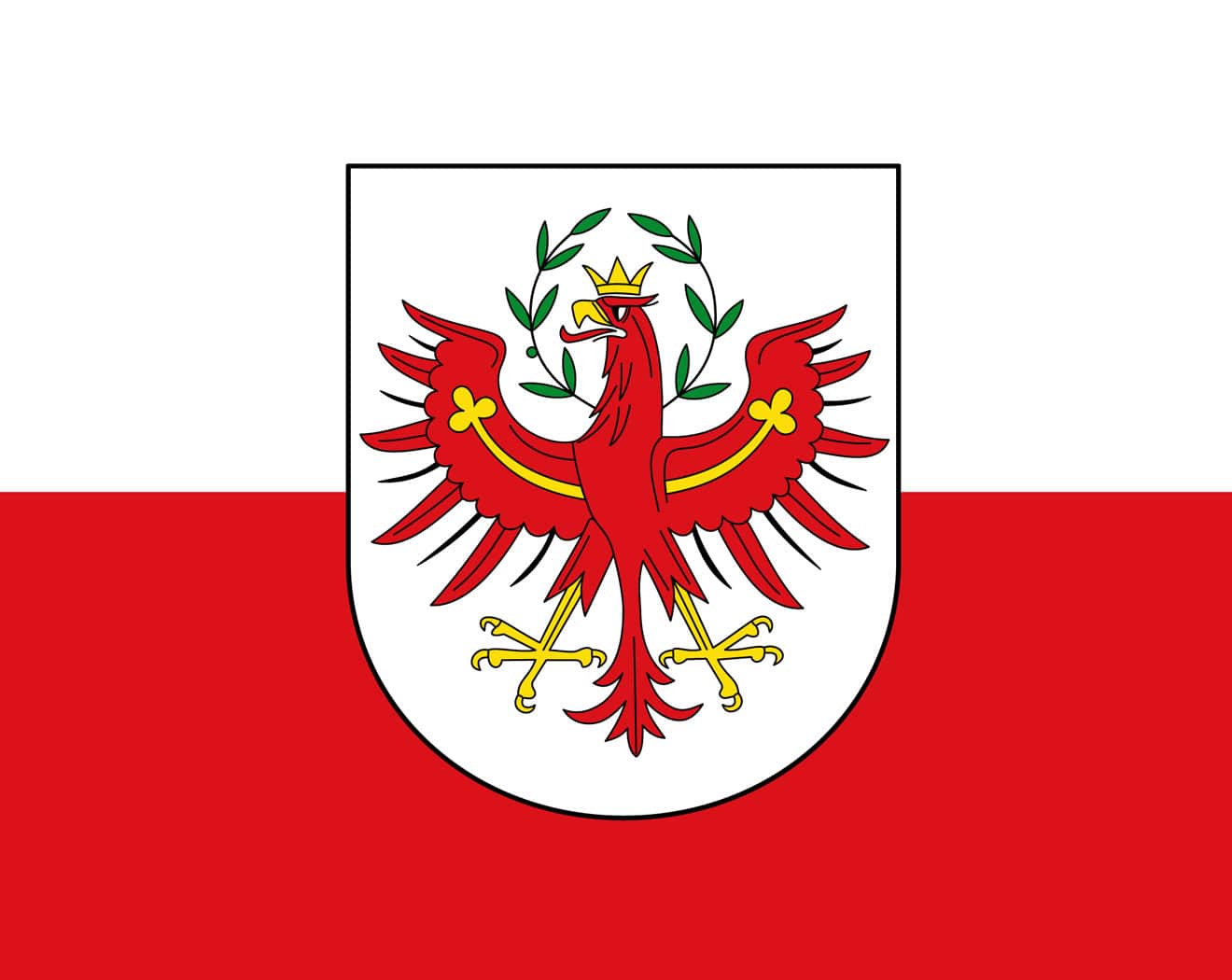 Tyrol
Tyrol

 Utah-UT
Utah-UT
 United States
United States
 United Kingdom
United Kingdom

| 奥林匹克圣歌 | ||
|---|---|---|
| 希腊文歌词 | 英文歌词 | 中文歌词 |
| Αρχαίο Πνεύμ' αθάνατο, αγνέ πατέρα του ωραίου, του μεγάλου και τ'αληθινού, κατέβα, φανερώσου κι άστραψ'εδώ πέρα στην δόξα της δικής σου γης και τ'ουρανού. |
Immortal spirit of antiquity, Father of the true, beautiful and good, Descend, appear, shed over us thy light Upon this ground and under this sky Which has first witnessed thy unperishable fame. |
古代不朽之神, 美丽、伟大而正直的圣洁之父。 祈求降临尘世以彰显自己, 让受人瞩目的英雄在这大地苍穹之中, 作为你荣耀的见证。 |
| Στο δρόμο και στο πάλεμα και στο λιθάρι, στων ευγενών Αγώνων λάμψε την ορμή, και με τ' αμάραντο στεφάνωσε κλωνάρι και σιδερένιο πλάσε κι άξιο το κορμί. |
Give life and animation to those noble games! Throw wreaths of fadeless flowers to the victors In the race and in the strife! Create in our breasts, hearts of steel! |
请照亮跑步、角力与投掷项目, 这些全力以赴的崇高竞赛。 把用橄榄枝编成的花冠颁赠给优胜者, 塑造出钢铁般的躯干。 |
| Κάμποι, βουνά και θάλασσες φέγγουν μαζί σου σαν ένας λευκοπόρφυρος μέγας ναός, και τρέχει στο ναό εδώ, προσκυνητής σου, Αρχαίο Πνεύμ' αθάνατο, Kάθε λαός. |
In thy light, plains, mountains and seas Shine in a roseate hue and form a vast temple To which all nations throng to adore thee, Oh immortal spirit of antiquity! |
溪谷、山岳、海洋与你相映生辉, 犹如以色彩斑斓的岩石建成的神殿。 这巨大的神殿, 世界各地的人们都来膜拜, 啊!永远不朽的古代之神。 |
Die olympische Hymne (griechisch Ολυμπιακός Ύμνος Olympiakos Ymnos) gehört zu den olympischen Symbolen. Die Melodie stammt von dem Komponisten Spyros Samaras, der Text von Kostis Palamas und wurde eigens für die 1. Olympischen Spiele der Neuzeit 1896 in Athen geschrieben. Sie ist die einzige offizielle olympische Festmusik und Bestandteil aller wichtigen Ereignisse der olympischen Bewegung.
《奥林匹克圣歌》(又称《奥林匹克颂》;希腊语:Ολυμπιακός Ύμνος,法语:Hymne Olympique,英语:Olympic Hymn)是奥林匹克会歌(英语:Olympic Anthem),是合唱清唱套曲,1958年第54次国际奥委会全体会议上定为奥林匹克会歌。奥林匹克会歌由国际奥林匹克委员会的第一任主席泽麦特里乌斯·维凯拉斯亲自选择的;由希腊歌剧作曲家斯皮罗·萨马拉斯作曲、希腊作家兼诗人科斯蒂斯·帕拉马斯作词。

 Alberta-AB
Alberta-AB
 Australia
Australia

 Auvergne-Rhône-Alpes
Auvergne-Rhône-Alpes

 Bavaria
Bavaria
 Beijing Shi-BJ
Beijing Shi-BJ
 Belgium
Belgium

 Berlin
Berlin
 Bosnia Herzegovina
Bosnia Herzegovina
 Brazil
Brazil

 British Columbia-BC
British Columbia-BC

 California-CA
California-CA

 Cataluña
Cataluña
 China
China
 Chūbu
Chūbu
 Germany
Germany
 England
England
 Finland
Finland
 France
France

 Georgia-GA
Georgia-GA
 Greece
Greece
 Hebei Sheng-HE
Hebei Sheng-HE
 Hokkaidō
Hokkaidō

 Ile-de-France
Ile-de-France
 Italy
Italy
 Japan
Japan
 Canada
Canada
 Kantō
Kantō

 Lazio
Lazio
 Mexico
Mexico

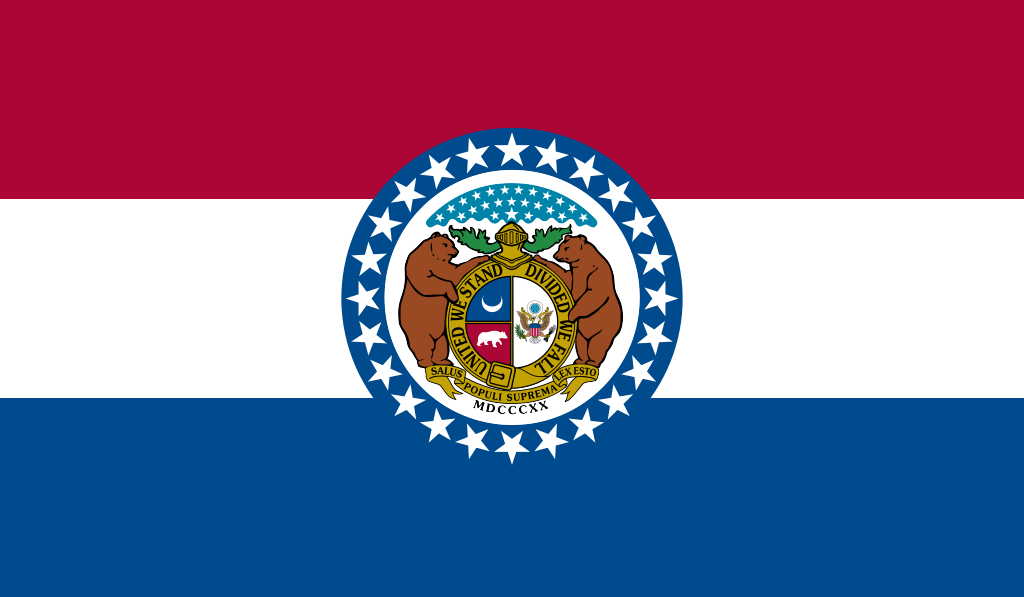 Missouri-MO
Missouri-MO

 New South Wales-NSW
New South Wales-NSW

 New York-NY
New York-NY
 Netherlands
Netherlands
 Norwegen
Norwegen
 2016 Summer Olympics
2016 Summer Olympics
 2002 Winter Olympics
2002 Winter Olympics
 2006 Winter Olympics
2006 Winter Olympics
 2010 Winter Olympics
2010 Winter Olympics
 2014 Winter Olympics
2014 Winter Olympics
 2018 Winter Olympics
2018 Winter Olympics
 2018 Winter Olympics
2018 Winter Olympics
 2022 Winter Olympics
2022 Winter Olympics
 Austria
Austria

 Piemonte
Piemonte

 Quebec-QC
Quebec-QC
 Republic of Korea
Republic of Korea
 Rio de Janeiro
Rio de Janeiro
 Russia
Russia

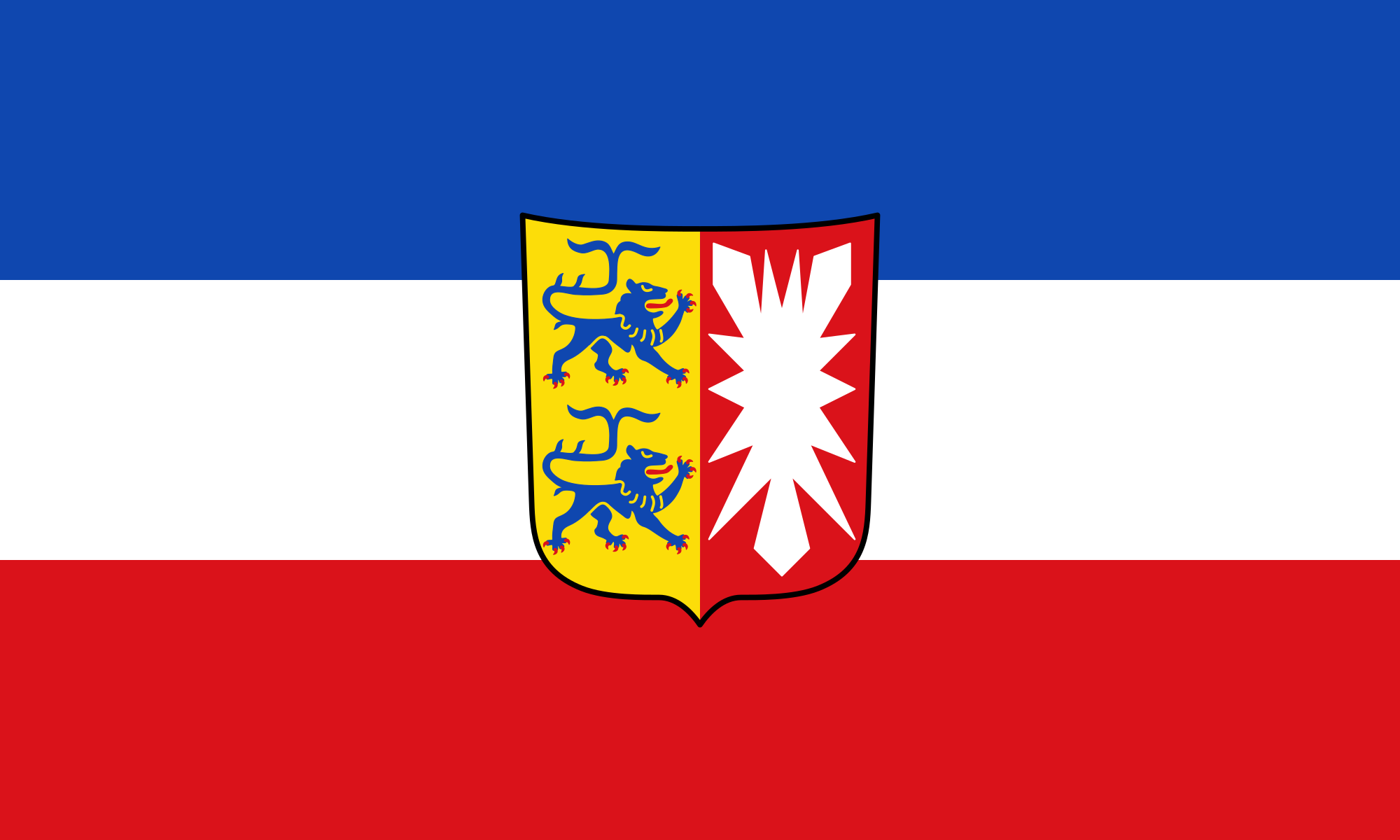 Schleswig-Holstein
Schleswig-Holstein
 Sweden
Sweden
 Switzerland
Switzerland
 Spain
Spain

 Sport
Sport

 Tyrol
Tyrol

 Utah-UT
Utah-UT

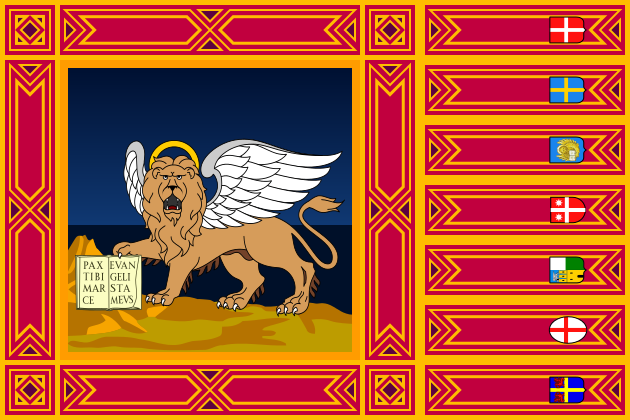 Veneto
Veneto
 United States
United States
 United Kingdom
United Kingdom

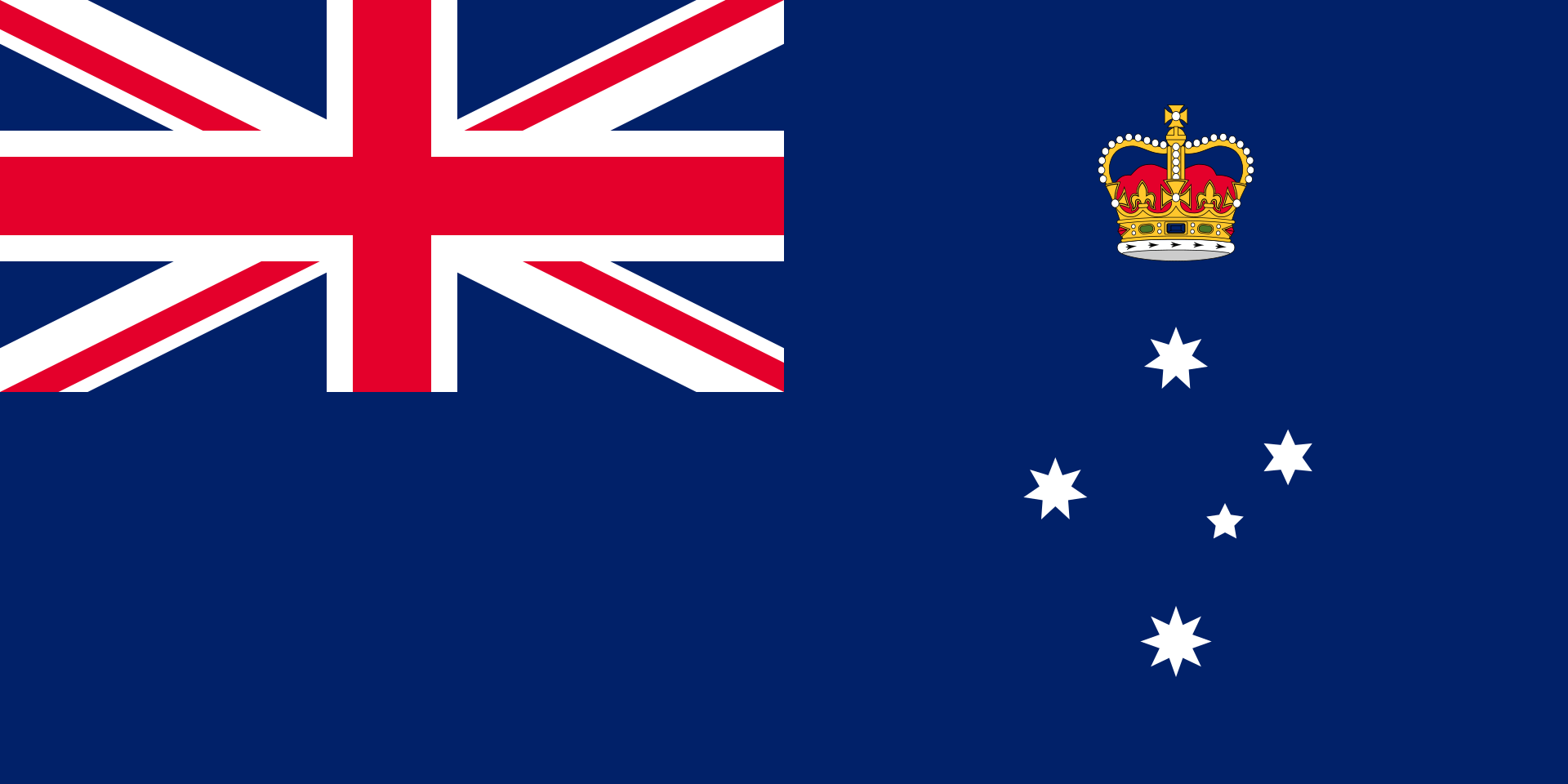 Victoria-VIC
Victoria-VIC

奥林匹克圣火(英语:Olympic Flame)是奥林匹克运动会的标志。它在古代奥运会上燃烧以纪念古希腊神话中,普罗米修斯从宙斯手中偷来的火。从1928年开始,奥林匹克圣火又重新成为了奥运会的一部分。从1936年柏林奥运会开始出现了圣火传递。它有着传承火焰,生生不息的意义。
Das olympische Feuer ist ein Symbol der olympischen Bewegung. Es ist auch ein Symbol der Kontinuität zwischen den antiken und den modernen Spielen.[1] Das olympische Feuer wird einige Monate vor den Olympischen Spielen in Olympia, Griechenland, entzündet. Mit dieser Zeremonie beginnt der olympische Fackellauf, der offiziell mit dem Entzünden des olympischen Kessels während der Eröffnungsfeier der Olympischen Spiele endet. Die Flamme brennt dann während der gesamten Dauer der Spiele im Kessel weiter, bis sie bei der Abschlusszeremonie gelöscht wird.

奥斯陆是挪威的首都,人口约85万,位于奥斯陆峡湾的最深处。奥斯陆南临奥斯陆湾,三面被群山环绕,整个城市与绿色的大自然和谐地融为一体。
从奥斯陆中央车站到王宫,再从卡尔约翰大街到国会议事堂周边为步行者天国。大街两侧是摩登的咖啡屋、餐馆和商店。每到夏季或周末这里可看到演艺人的各种演出。周围还有奥斯陆大教堂和国家美术馆。
奥 斯陆还是油画、雕刻、戏剧之都,充满了艺术气息。国家美术馆展出有蒙克的《呐喊》和《玛丽亚》。维格朗雕塑公园绿荫环绕,有200件雕塑艺术品,是人们休 闲娱乐的理想去处。奥斯陆的观光区域大致分为5个区域,卡尔约翰大街周边、阿肯修弗斯城堡周边、王宫周边、布里格周边以及维格朗公园周边等。
奥斯陆卡
还将享受汽车租赁、雪橇租赁以及其他部分设施,如餐厅和商店的折扣。
奥斯陆卡在游客信息中心、大酒店、奥斯陆中央车站售票处、报亭以及通过互联网都可以购买。有效期从第一次使用时的时间开始计算,请再开始使用前做好计划。(Quelle:http://www.visitscandinavia.org/)
奥斯陆(挪威语:Oslo ![]() 聆听 帮助·信息),1925年前旧称克里斯蒂安尼亚(Kristiania),是挪威首都和最大城市,全国政治、经济、文化中心,也是挪威的贸易、银行业、工业和航运枢纽,位于挪威东南部的奥斯陆峡湾内侧,人口666, 759人(截至2017年1月1日)。[8]包括邻近的10个自治市在内的城市区人口为975, 744人(截至2016年1月1日),[9]而整个大奥斯陆地区人口数为1, 546, 706。[8]
聆听 帮助·信息),1925年前旧称克里斯蒂安尼亚(Kristiania),是挪威首都和最大城市,全国政治、经济、文化中心,也是挪威的贸易、银行业、工业和航运枢纽,位于挪威东南部的奥斯陆峡湾内侧,人口666, 759人(截至2017年1月1日)。[8]包括邻近的10个自治市在内的城市区人口为975, 744人(截至2016年1月1日),[9]而整个大奥斯陆地区人口数为1, 546, 706。[8]
奥斯陆因其奇特的地理学和地质学特征而闻名。它被森林和田野所环绕,许多种类的动植物生活在其中。奥斯陆自治市内三分之二的面积是森林和水域,使得实际人口密度达到了5, 221.6人/平方公里。城市核心区的形状像是一个被植被茂密的丘陵所环绕的砂锅,许多河流从丘陵中流出,通过市区汇入奥斯陆峡湾。
根据考古学研究,奥斯陆于公元1000年前后建城。奥斯陆老城区是北欧除了维斯比以外最大的中世纪城市,而且至今保存完好。奥斯陆于1048年被确立为一个贸易点。1070年,奥斯陆被提升为主教辖区。在大约1300年,挪威国王哈康五世将奥斯陆定为挪威首都。在挪威从1397至1523年和1536至1814年与丹麦,以及1814至1905年与瑞典建立共主邦联期间,尽管哥本哈根和斯德哥尔摩先后成为了国家行政机构的所在地,奥斯陆仍然保有着一部分首都职能。
奥斯陆是14世纪挪威受到黑死病影响最严重的地区,在15和16世纪其人口和经济状况又经受了进一步的衰退。1624年,奥斯陆曾被一场大火摧毁,之后,在丹麦国王克里斯蒂安四世统治期间,城区被迁移到了更靠近阿克斯胡斯城堡的地方,并以国王的名字命名为克里斯蒂安尼亚(Christiania)。在1814年丹麦-挪威邦联解体之前,克里斯蒂安尼亚已被宣布成为挪威的首都。1838年1月1日,克里斯蒂安尼亚成为了一个自治市。尽管在19世纪以前,克里斯蒂安尼亚在欧洲范围内只是一座小城市,但从第二次工业革命之后,这座城市开始高速发展。在1900年前后,克里斯蒂安尼亚已经成为了一个发达的工业中心,有着近25万名居民。1925年,它的名字从克里斯蒂安尼亚改为了奥斯陆。
奥斯陆是欧洲重要的航海工业和航海贸易中心,是许多航运企业总部的所在地,其中包括一些世界级的航运公司、船舶经纪人和海上保险经纪人。奥斯陆也是欧洲委员会和欧洲联盟委员会的跨文化城市项目的试点城市。
奥斯陆被认为是一座全球城市,在2012年fDi杂志发表的欧洲大城市生活质量排名中名列第一位。[10] ECA国际2011年进行的一项调查显示,奥斯陆是全球生活成本第二高的城市,仅次于东京。[11] 根据经济学人智库(EIU)的统计,2013年奥斯陆也名列全球生活和学习成本最高的四座城市之一。[12]
1952年,奥斯陆曾举办过冬季奥运会。1993年5月,在美国的主导下,以色列和巴勒斯坦在这里签订了著名的奥斯陆协议。另外,奥斯陆也是诺贝尔和平奖的颁奖地,每年的颁奖仪式在奥斯陆市政厅举行。
21世纪初,奥斯陆的人口以创纪录的速度增长,使其成为了当时全欧洲人口增长速度最快的城市之一。[13] 这一高增长率主要和国际移民的流入和高生育率有关,但也离不开国内人口流动的影响。目前,奥斯陆的移民人口增长速度略高于本国人口增长速度,[14] 在市区部分,这一差异更为显著。2012年1月1日的数据显示,奥斯陆人口的23%是移民,[15]市内最大的少数族裔是挪威-瑞典人和挪威-巴基斯坦人。
(deutsch: [ˈʔɔslo], norwegisch: [ˈʊʂlʊ], [ˈʊʃlʊ] oder [ˈʊslʊ]) ist die Hauptstadt des Königreichs Norwegen. Ihr ehemaliger Name war Christiania (1624 bis 1924) bzw. Kristiania (alternative Schreibweise von 1877/1897 bis 1924).
Die Kommune Oslo hat 669.060 Einwohner(30. Jun. 2017)[2]. Sie bildet eine eigenständige Provinz (Fylke) und ist zudem Verwaltungssitz für die benachbarte Provinz Akershus.
Mit 975.744 Einwohnern ist Oslo der mit Abstand größte Ballungsraum des Landes[3]. In der Groß-Oslo-Region leben rund 1,5 Millionen Menschen, also fast ein Drittel der gesamten Bevölkerung Norwegens von rund 5,3 Millionen[4]. Der Hafen (UN/LOCODE NO OSL) eignet sich für Schiffe mit Längen unter 150 Meter.
オスロ(ノルウェー語: Oslo ノルウェー語発音: [²uʃlu] (![]() 音声ファイル)、旧称クリスチャニア、クリスティアーニアChristianiaもしくはKristiania)は、ノルウェー王国の首都にして最大の都市である。王宮、行政、立法、司法などの機関が集まる。オスロ市はオスロ県と同じ範囲である。世界でも物価の高い都市のひとつであり、北欧有数の世界都市でもある。
音声ファイル)、旧称クリスチャニア、クリスティアーニアChristianiaもしくはKristiania)は、ノルウェー王国の首都にして最大の都市である。王宮、行政、立法、司法などの機関が集まる。オスロ市はオスロ県と同じ範囲である。世界でも物価の高い都市のひとつであり、北欧有数の世界都市でもある。
Oslo (/ˈɒzloʊ/ OZ-loh;[9] Norwegian: [²uʂlu] (![]() listen), rarely [²uslu, ˈuʂlu]) is the capital and most populous city of Norway. It constitutes both a county and a municipality. Founded in the year 1040, and established as a kaupstad or trading place in 1048 by Harald Hardrada, the city was elevated to a bishopric in 1070 and a capital under Haakon V of Norway around 1300. Personal unions with Denmark from 1397 to 1523 and again from 1536 to 1814 and with Sweden from 1814 to 1905 reduced its influence. After being destroyed by a fire in 1624, during the reign of King Christian IV, a new city was built closer to Akershus Fortress and named Christiania in the king's honour. It was established as a municipality (formannskapsdistrikt) on 1 January 1838. The city's name was spelled Kristiania between 1877 and 1897 by state and municipal authorities, respectively. In 1925 it was renamed Oslo.
listen), rarely [²uslu, ˈuʂlu]) is the capital and most populous city of Norway. It constitutes both a county and a municipality. Founded in the year 1040, and established as a kaupstad or trading place in 1048 by Harald Hardrada, the city was elevated to a bishopric in 1070 and a capital under Haakon V of Norway around 1300. Personal unions with Denmark from 1397 to 1523 and again from 1536 to 1814 and with Sweden from 1814 to 1905 reduced its influence. After being destroyed by a fire in 1624, during the reign of King Christian IV, a new city was built closer to Akershus Fortress and named Christiania in the king's honour. It was established as a municipality (formannskapsdistrikt) on 1 January 1838. The city's name was spelled Kristiania between 1877 and 1897 by state and municipal authorities, respectively. In 1925 it was renamed Oslo.
Oslo is the economic and governmental centre of Norway. The city is also a hub of Norwegian trade, banking, industry and shipping. It is an important centre for maritime industries and maritime trade in Europe. The city is home to many companies within the maritime sector, some of which are among the world's largest shipping companies, shipbrokers and maritime insurance brokers. Oslo is a pilot city of the Council of Europe and the European Commission intercultural cities programme.
Oslo is considered a global city and was ranked "Beta World City" in studies carried out by the Globalization and World Cities Study Group and Network in 2008.[10] It was ranked number one in terms of quality of life among European large cities in the European Cities of the Future 2012 report by fDi magazine.[11] A survey conducted by ECA International in 2011 placed Oslo as the second most expensive city in the world for living expenses after Tokyo.[12] In 2013 Oslo tied with the Australian city of Melbourne as the fourth most expensive city in the world, according to the Economist Intelligence Unit (EIU)'s Worldwide Cost of Living study.[13]
As of 1 July 2017, the municipality of Oslo had a population of 672,061, while the population of the city's urban area was 942,084.[4] The metropolitan area had an estimated population of 1.71 million.[14] The population was increasing at record rates during the early 2000s, making it the fastest growing major city in Europe at the time.[15] This growth stems for the most part from international immigration and related high birth rates, but also from intra-national migration. The immigrant population in the city is growing somewhat faster than the Norwegian population,[16] and in the city proper this is now more than 25% of the total.[17]
OsloÉcouter est la capitale d'État de la Norvège. Le toponyme se prononce /↓ʊʂˈlʊ/ dans le dialecte osloïte. La ville s'est appelée Christiania de 1624 à 1924, selon l'ancienne graphie latine héritée du danois, ou communément Kristiania en dano-norvégien. Le 1er janvier 1925, elle a officiellement repris le nom d'un modeste faubourg, site historique de la première ville, fondée au fond de l'Oslofjord par Harald III et promue capitale royale sous Haakon V.
Alors que la ville d'Oslo compte une population de près de 600 000 habitants, dont 27 % d'immigrants2, la région d'Oslo compte 1 403 268 habitants en 2010. La ville, qui s'étend sur 450 km2, est restée en parfaite osmose avec la nature par ses prairies et parcs spacieux et ses pistes de ski de fond, bien que cet important nœud de communication ferroviaire et portuaire soit desservi par un réseau routier et autoroutier et de nombreux trains de banlieue. La capitale regroupe 11,5 % de la population norvégienne et constitue un fylkeskommune (district communal), regroupant quinze bydeler (subdivisions), s'étendant largement autour du fjord d'Oslo et vers le nord-est. Il n'y a pas de gentilé d'usage générique dans la langue norvégienne pour les habitants et originaires d'Oslo (sur le modèle de Tokyo, on parle parfois d'Osloïtes).
Oslo (AFI: /ˈɔzlo/[1]; pronuncia norvegese [²uʃlu]: , nel dialetto di Oslo [ùʂɭu][2] – conosciuta anche come Christiania dal 1624 al 1878 e come Kristiania dal 1878 al 1924) è una città del nord Europa ed è la capitale e la più grande città della Norvegia. Con una popolazione di circa 669 060 abitanti (2017), accoglie il 12% circa della popolazione norvegese. Tuttavia, considerando l'intera area metropolitana, comunemente chiamata "regione della grande Oslo" (Stor-Osloregionen), che si estende ben oltre i limiti del comune, si ha una popolazione complessiva di 1 546 706 abitanti (2015). I confini geografici della contea di Oslo e del comune sono coincidenti.
Oslo (![]() [ùʃlu] (?·i)), llamada Christiania o Cristianía en español de 1624 a 1897 y Kristiania de 1897 a 1924, es la capital y la ciudad más poblada de Noruega, además de ser su centro político, económico y cultural. Políticamente constituye un municipio y a la vez una de las diecinueve provincias del país. Según el censo del 1 de enero de 2015, su población era de 647 676 habitantes,1 un 12 % de la población total de Noruega; la estimación de enero de 2015 le asignó una población de 942 084. Es la tercera ciudad y área urbana escandinava más poblada, solo superada por Copenhague y Estocolmo.
[ùʃlu] (?·i)), llamada Christiania o Cristianía en español de 1624 a 1897 y Kristiania de 1897 a 1924, es la capital y la ciudad más poblada de Noruega, además de ser su centro político, económico y cultural. Políticamente constituye un municipio y a la vez una de las diecinueve provincias del país. Según el censo del 1 de enero de 2015, su población era de 647 676 habitantes,1 un 12 % de la población total de Noruega; la estimación de enero de 2015 le asignó una población de 942 084. Es la tercera ciudad y área urbana escandinava más poblada, solo superada por Copenhague y Estocolmo.
Su área metropolitana se extiende a los alrededores de la provincia de Akershus y tiene una población de 1 546 706 habitantes. La superficie total comprendida por Oslo es de 144 km², de los cuales 115 km² son urbanos y 7 km² son rurales. Los espacios abiertos dentro del área urbana suman un total de 22 km².
La ciudad de Oslo fue establecida como municipio el 3 de enero de 1838. Fue separada de la provincia de Akershus como una provincia independiente en 1842. El municipio rural de Aker fue absorbido por la expansión de Oslo en 1948 (y transferida de la provincia de Akershus al municipio de Oslo). La capital noruega aún comparte varias funciones importantes con Akershus y es oficialmente la capital de esta última.
О́сло (норв. Oslo , [↓ʊʂˈlʊ] или [↓ʊsˈlʊ]) — столица и самый крупный город Норвегии. До 1624 года, согласно карте А. Ортелиуса 1539 года, столица викингов называлась Викия (Vichia), с 1624 по 1877 годы называлась Христиания (норв. Christiania), с 1877 по 1925 годы — Кристиания (норв. Kristiania). Происхождение названия Осло было предметом многочисленных споров среди лингвистов. По одной из версий, название Oslo означает «устье Ло» (норв. os — «устье», Lo — название реки), по названию реки, некогда протекавшей здесь. Считается установленным, что ойконим имеет древнескандинавское происхождение и, по всей вероятности, первоначально был названием крупной фермы в Бьорвике[en], но значение этого названия оспаривается. Современные лингвисты обычно интерпретируют название Óslo или Áslo как «луг у подножия холма» или «луг, освященный богами», при этом оба варианта считаются одинаково вероятными[3].В своде саг «Круг Земной» исландского скальда Снорри Стурлусона упоминается, что Осло основал Харальд III в 1048 году. Во время археологических раскопок были найдены христианские захоронения, относящиеся примерно к 1000 году.
В Средние века город состоял из двух крепостей — королевского замка и епископского. В пределах городских стен находились 9 церквей, один госпиталь, около 400 деревянных домов торговцев и ремесленников. Король Хакон V Святой назвал Осло столицей Норвегии в 1299 году и построил здесь крепость Акерсхус. В годы Высокого Средневековья Осло стал важным торговым пунктом, в том числе были связи с Ганзейским союзом. Численность населения увеличилась вдвое до 3500 человек.
Из-за того, что постройки были выполнены по большей части из дерева, город часто горел, на месте сгоревших зданий сооружали новые, но опять же, из дерева. После трёхдневного пожара в 1624 году, уничтожившего город, датский король Кристиан IV (на то время Норвегия была провинцией Дании) перевёл жителей в новое место поблизости крепости Акерсхус, которое было названо Христиания в честь короля. Новый город строили в лучших традициях Ренессанса с широкими улицами и строго очерченными кварталами. Здания решили строить из камня, чтобы в будущем предотвратить разрушительные пожары. Несмотря на запрет короля, старый город был вновь заселён, в основном бедняками, которые не имели средств к проживанию в зажиточной Христиании. После Великой Северной войны в начале XVIII века экономика Христиании стала расти быстрыми темпами благодаря кораблестроению и торговле. Индустриализация пришла в город в 1840-х годах, когда возникло большое количество фабрик, в основном на берегах Акерсельвы.В результате англо-датской войны 1807—1814 годов Датско-норвежская уния объявила себя банкротом и по Кильскому договору 1814 года уступила Норвегию Швеции. В годы правления шведско-норвежского короля Оскара II прошла орфографическая реформа, в результате которой город был переименован в Кристианию в 1877 году. Лишь в 1924 году городу вернули его первоначальное название Осло.
В XX веке город заметно разросся, в 1948 году к нему присоединили Акер. В 1960-х Осло переделали в современный город с обширной сетью дорог, системой общественного транспорта и новыми офисными зданиями.

 Australia
Australia
 Belgium
Belgium
 Brazil
Brazil
 Denmark
Denmark
 Germany
Germany
 Finland
Finland
 France
France
 Ireland
Ireland
 Israel
Israel
 Italy
Italy
 Japan
Japan
 Canada
Canada
 Netherlands
Netherlands
 Norwegen
Norwegen
 Austria
Austria
 Republic of Korea
Republic of Korea
 Russia
Russia
 Sweden
Sweden
 Switzerland
Switzerland
 Spain
Spain
 United States
United States
 United Kingdom
United Kingdom
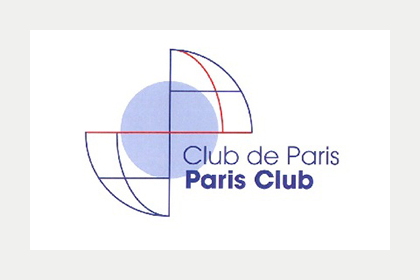
 Eurovision Song Contest,ESC
Eurovision Song Contest,ESC

 International cities
International cities
 *European Capital of Culture
*European Capital of Culture
 Norwegen
Norwegen

 World Heritage
World Heritage

 *United States Political System
*United States Political System
 *UK political system
*UK political system
 *French political system
*French political system
 Albania
Albania
 Belgium
Belgium
 Bulgaria
Bulgaria
 Denmark
Denmark
 Germany
Germany
 Estonia
Estonia
 Finland
Finland
 France
France
 Generalsekretäre der Nordatlantikpakt-Organisation
Generalsekretäre der Nordatlantikpakt-Organisation
 Anders Fogh Rasmussen
Anders Fogh Rasmussen
 Generalsekretäre der Nordatlantikpakt-Organisation
Generalsekretäre der Nordatlantikpakt-Organisation
 Dirk Stikker
Dirk Stikker
 Generalsekretäre der Nordatlantikpakt-Organisation
Generalsekretäre der Nordatlantikpakt-Organisation
 George Robertson
George Robertson
 Generalsekretäre der Nordatlantikpakt-Organisation
Generalsekretäre der Nordatlantikpakt-Organisation
 Hastings Ismay, 1. Baron Ismay
Hastings Ismay, 1. Baron Ismay
 Generalsekretäre der Nordatlantikpakt-Organisation
Generalsekretäre der Nordatlantikpakt-Organisation
 Jaap de Hoop Scheffer
Jaap de Hoop Scheffer
 Generalsekretäre der Nordatlantikpakt-Organisation
Generalsekretäre der Nordatlantikpakt-Organisation
 Javier Solana
Javier Solana
 Generalsekretäre der Nordatlantikpakt-Organisation
Generalsekretäre der Nordatlantikpakt-Organisation
 Jens Stoltenberg
Jens Stoltenberg
 Generalsekretäre der Nordatlantikpakt-Organisation
Generalsekretäre der Nordatlantikpakt-Organisation
 Joseph Luns
Joseph Luns
 Generalsekretäre der Nordatlantikpakt-Organisation
Generalsekretäre der Nordatlantikpakt-Organisation
 Manfred Wörner
Manfred Wörner
 Generalsekretäre der Nordatlantikpakt-Organisation
Generalsekretäre der Nordatlantikpakt-Organisation
 Manlio Giovanni Brosio
Manlio Giovanni Brosio
 Generalsekretäre der Nordatlantikpakt-Organisation
Generalsekretäre der Nordatlantikpakt-Organisation
 Paul-Henri Spaak
Paul-Henri Spaak
 Generalsekretäre der Nordatlantikpakt-Organisation
Generalsekretäre der Nordatlantikpakt-Organisation
 Peter Carington, 6. Baron Carrington
Peter Carington, 6. Baron Carrington
 Generalsekretäre der Nordatlantikpakt-Organisation
Generalsekretäre der Nordatlantikpakt-Organisation
 Sergio Balanzino
Sergio Balanzino
 Generalsekretäre der Nordatlantikpakt-Organisation
Generalsekretäre der Nordatlantikpakt-Organisation
 Willy Claes
Willy Claes

 History
History
 Greece
Greece
 Iceland
Iceland
 Italy
Italy
 Canada
Canada
 Croatia
Croatia
 Latvia
Latvia
 Lithuania
Lithuania
 Luxembourg
Luxembourg

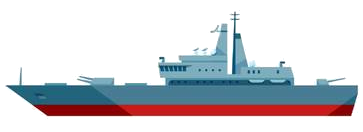
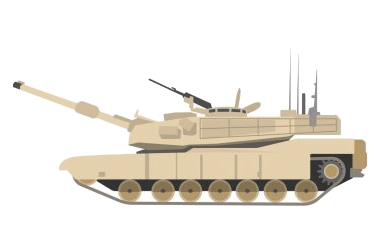

 Military, defense and equipment
Military, defense and equipment

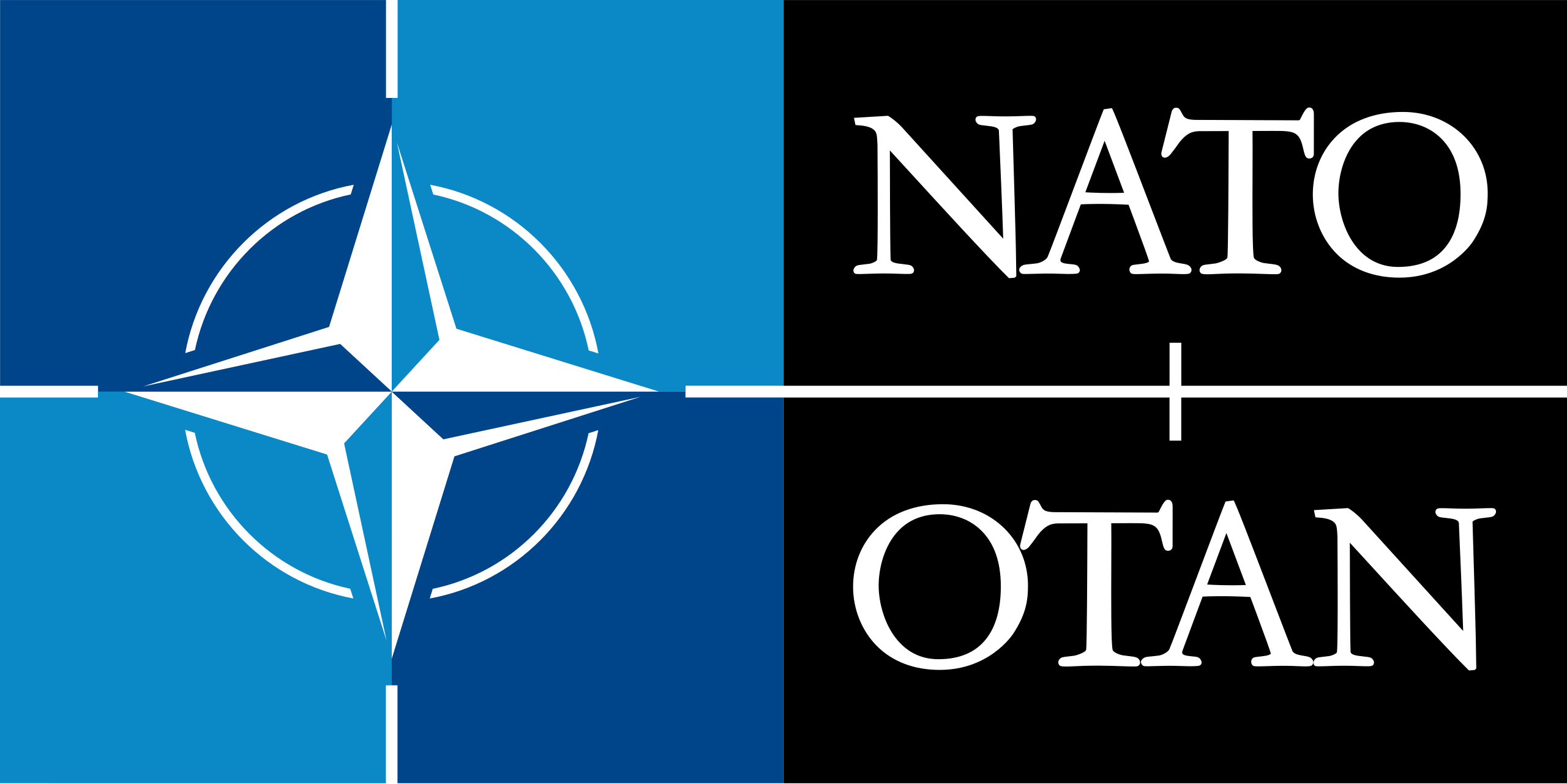 Mitglieder der NATO
Mitglieder der NATO
 Montenegro
Montenegro

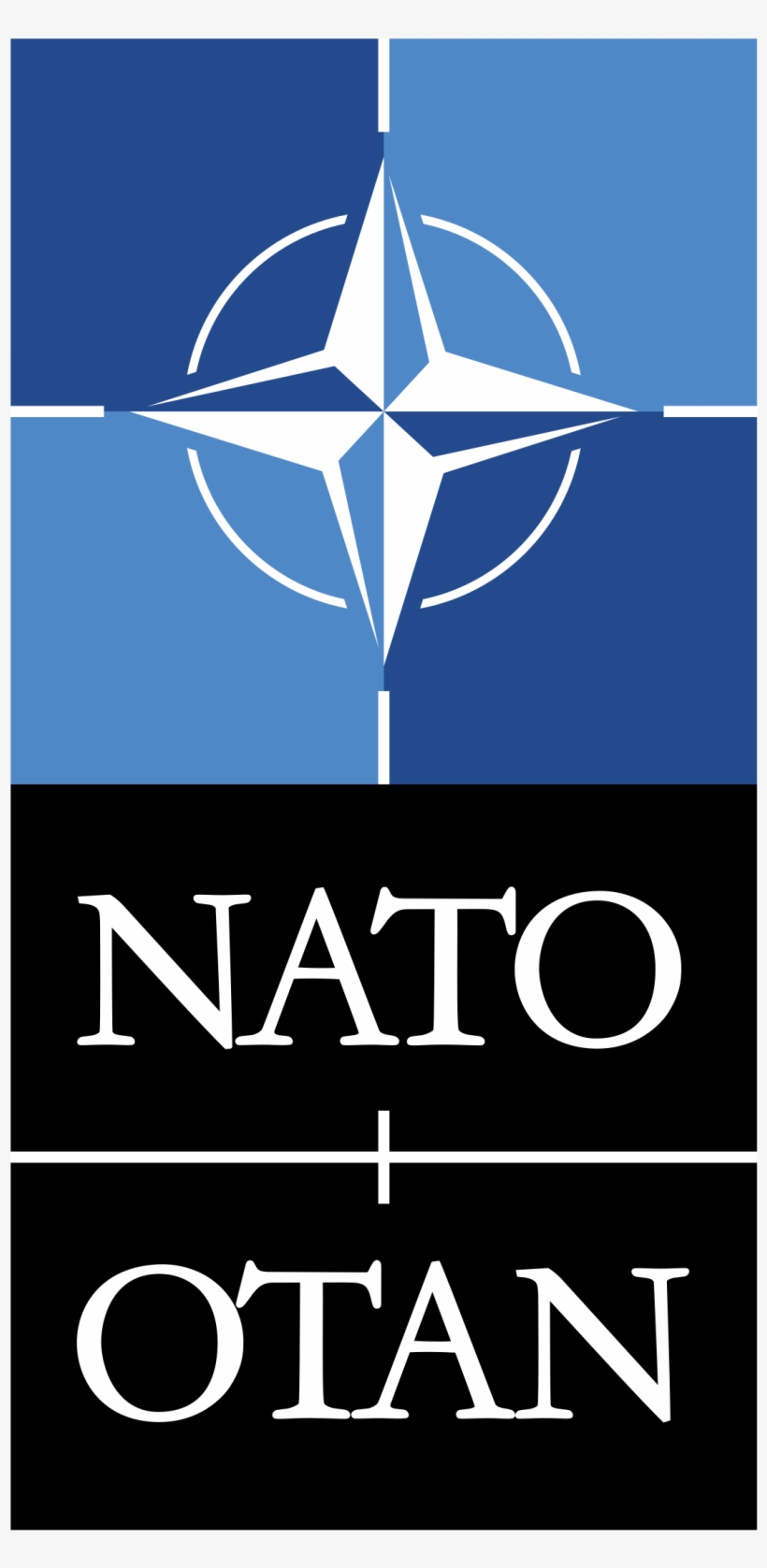 NATO summit
NATO summit
 Netherlands
Netherlands
 Nordmazedonien
Nordmazedonien
 Norwegen
Norwegen
 Poland
Poland
 Portugal
Portugal
 Romania
Romania
 Sweden
Sweden
 Slovakia
Slovakia
 Slovenia
Slovenia
 Spain
Spain
 Czech Republic
Czech Republic
 Turkey
Turkey
 Hungary
Hungary
 United States
United States
 United Kingdom
United Kingdom

 Important International Organizations
Important International Organizations
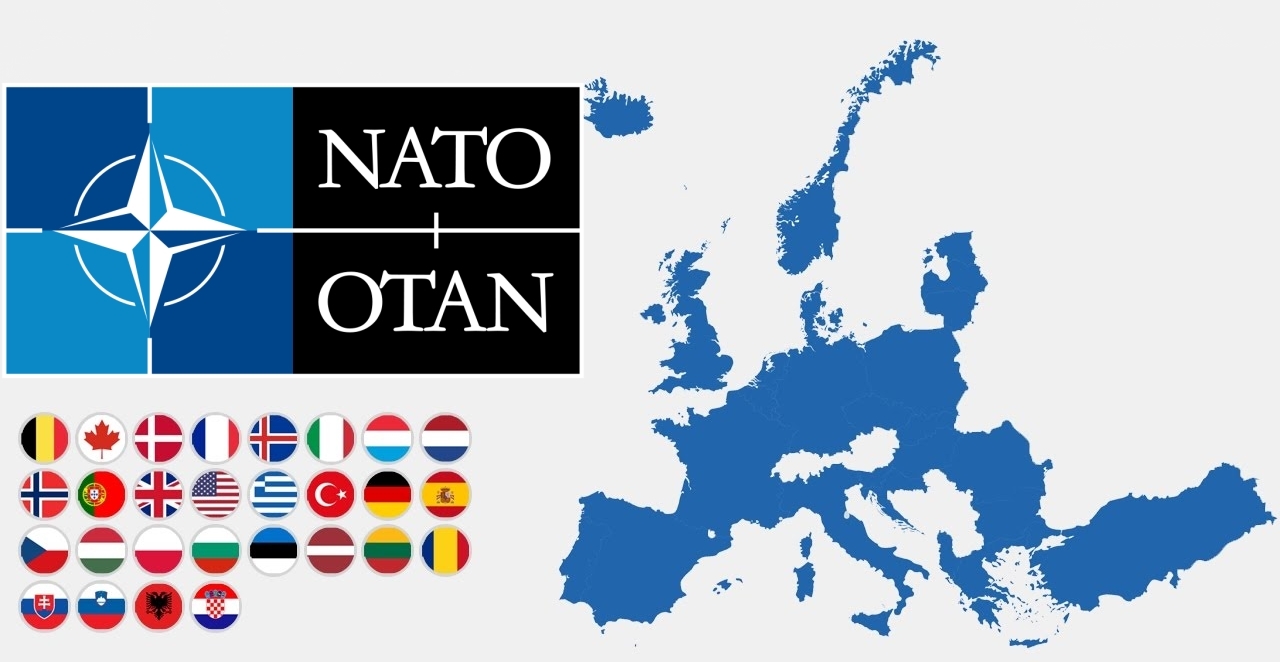
Die NATO (englisch North Atlantic Treaty Organization „Organisation des Nordatlantikvertrags“ bzw. Nordatlantikpakt-Organisation), im Deutschen häufig als Atlantisches Bündnis oder als Nordatlantikpakt bezeichnet (französisch OTAN – Organisation du Traité de l’Atlantique Nord), ist eine Internationale Organisation ohne Hoheitsrechte. Ihre Mitgliedstaaten behalten ihre volle Souveränität und Unabhängigkeit. Basis der NATO ist der Nordatlantikvertrag nach Artikel 51 der UN-Charta. Ihre Organisation versteht sich nicht nur als Verteidigungsbündnis, sondern auch als militärisch-politische Organisation von 29 europäischen und nordamerikanischen Mitgliedstaaten mit dem Ziel eigener Sicherheit und weltweiter Stabilität.
Das NATO-Hauptquartier beherbergt den Nordatlantikrat (das Hauptorgan der NATO) und seine unmittelbar nachgeordneten Einrichtungen, den International Staff (IS) und den International Military Staff (IMS); diese Institution hat seit 1967 ihren Sitz in Brüssel. Nach der Unterzeichnung des Nordatlantikpakts am 4. April 1949 – vorerst auf 20 Jahre – war das Hauptquartier zunächst in London ansässig und anschließend von 16. April 1952 bis 1967 in Paris angesiedelt worden.
Die beiden wichtigsten militärischen Hauptquartiere sind das ACO (aus historischen und juristischen Gründen auch als Supreme Headquarters Allied Powers Europe / SHAPE bezeichnet) im belgischen Casteau bei Mons und das Allied Command Transformation (ACT) in der US-Stadt Norfolk (Virginia).
北大西洋公约组织(英语:North Atlantic Treaty Organization,缩写为NATO;法语:Organisation du Traité de l'Atlantique Nord,缩写为OTAN),简称北约组织或北约,是欧洲及北美洲国家为实现防卫合作而建立的国际组织。1949年3月18日,美国、英国及法国公开建立北大西洋公约组织,于同年4月4日在美国华盛顿签署《北大西洋公约》后正式成立。为与以前苏联为首的东欧集团国成员相抗衡。及至苏联解体,华沙条约组织宣告解散,北约就成为一个地区性防卫协作组织。北约的最高决策机构是北约理事会。理事会由成员国国家元首及政府高层、外长、国防部长组成。总部设在比利时的布鲁塞尔。最新成员黑山于2017年6月5日加入,至此北约总共有跨域欧洲和北美的29个国家组成。北约军事开支占世界国防开支的70%[4],成员国国防开支占该国GDP的2%左右[5]。
公约第5条规定成员国受到的攻击一旦被确认,其他成员国将作出即时反应。该条款被理解为各国部队将自动参战,并不再次需要各国政府的参战授权。但这一条条款在九一一事件之前,一直都未有动用过[6] 。北约曾协助反海盗行动(counter-piracy operations),在联合国要求下打击亚丁湾、非洲之角和印度洋的海盗[7],并在2011年根据联合国安理会1973号决议将利比亚上空设为禁飞区。
北大西洋条約機構(きたたいせいようじょうやくきこう)は、北大西洋条約に基づき、アメリカ合衆国を中心とした北アメリカ(=アメリカとカナダ)およびヨーロッパ諸国によって結成された軍事同盟である。29カ国が加盟し、日本など非加盟国とも協力関係にある[1]。前身はブリュッセル条約 (1948年)。ベルギー首都ブリュッセルに本部を置く[2]。
略称は頭字語が用いられ、英語圏では、North Atlantic Treaty Organization を略した NATO(ネイトー)と呼ばれ、日本やドイツ語圏では NATO(ナトー)、フランス語圏・スペイン語圏・ポルトガル語圏等では OTAN(オタン)と呼ばれる。
The North Atlantic Treaty Organization (NATO /ˈneɪtoʊ/; French: Organisation du Traité de l'Atlantique Nord; OTAN), also called the North Atlantic Alliance, is an intergovernmental military alliance between 29 North American and European countries. The organization implements the North Atlantic Treaty that was signed on 4 April 1949.[3][4] NATO constitutes a system of collective defence whereby its independent member states agree to mutual defence in response to an attack by any external party. NATO’s Headquarters are located in Haren, Brussels, Belgium, while the headquarters of Allied Command Operations is near Mons, Belgium.
Since its founding, the admission of new member states has increased the alliance from the original 12 countries to 29. The most recent member state to be added to NATO is Montenegro on 5 June 2017. NATO currently recognizes Bosnia and Herzegovina, Georgia, Macedonia and Ukraine as aspiring members.[5] An additional 21 countries participate in NATO's Partnership for Peace program, with 15 other countries involved in institutionalized dialogue programs. The combined military spending of all NATO members constitutes over 70% of the global total.[6] Members have committed to reach or maintain defense spending of at least 2% of GDP by 2024.[7][8]
L’Organisation du traité de l'Atlantique norda (en anglais : North Atlantic Treaty Organization) est l'organisation politico-militaire mise en place par les pays signataires du traité de l'Atlantique nord afin de pouvoir remplir leurs obligations de sécurité et de défense collectives. Elle est le plus souvent désignée par son acronyme OTAN (en anglais NATO) mais aussi fréquemment nommée l’Alliance atlantique, plus rarement l’Alliance euro-atlantique ou l’Alliance transatlantique5, ou parfois, encore plus brièvement, simplement l’Alliance.
Le texte de ce traité, signé le 4 avril 1949, établit le Conseil de l'Atlantique nord (CAN), et lui donne mission de mettre en place l'organisation nécessaire à son application. Le choc provoqué par le déclenchement de la guerre de Corée conduit le CAN à décider fin 1950 la création d'une organisation militaire intégrée permanente, qui constitue encore actuellement la marque distinctive de l'OTAN et lui assure des capacités militaires qu'aucune autre alliance de défense ne possède. Sous le vocable OTAN, l'usage a prévalu d'englober l'alliance juridiquement conclue par les pays signataires du traité de l'Atlantique nord, et l'organisation civile et militaire mise en place pour en rendre opérants les objectifs. La France toutefois a fait exception en décidant en 1966, tout en restant membre de l'Alliance atlantique, de quitter l'organisation militaire intégrée, dont elle est redevenue membre à part entière en 2009.
L'Alliance voit le jour dans le contexte général des débuts de la guerre froide et plus spécifiquement pendant le blocus de Berlin exercé par les Soviétiques. Elle a pour vocation initiale d'assurer la sécurité de l'Europe occidentale en instaurant un couplage fort avec les États-Unis, seul moyen aux yeux des Européens après la Seconde Guerre mondiale de se prémunir contre toute tentative expansionniste de l'Union soviétique. Selon le mot de son premier secrétaire général, Lord Ismay, le rôle de l'OTAN consiste à « garder les Russes à l'extérieur, les Américains à l'intérieur et les Allemands sous tutelle »b. L'OTAN constitue le noyau dur du bloc de l'Ouest. Entre 1955 et 1991, l'adversaire désigné de l'OTAN est le pacte de Varsovie formé par les Soviétiques à la suite de l'adhésion de la RFA à l'Alliance atlantique et à son réarmement. L'OTAN s'organise donc pour faire face à cette menace par la définition de concepts stratégiques touchant notamment les questions relatives aux armes nucléaires, par la planification coordonnée entre tous ses membres de leurs moyens militaires, et par des commandements intégrés par zone géographique, dont le SHAPE est de loin le plus important.
Depuis la dissolution de l'URSS et la fin de la guerre froide en 1991, l'Alliance atlantique a perduré malgré la disparition de sa principale raison d'être initiale. Elle a procédé à son élargissement à d'anciens pays du bloc de l'Est et d'anciennes républiques de l'Union soviétique. Elle a pris en compte de nouvelles crises et menaces comme les conflits nationalistes dans l'ex-Yougoslavie, l'essor du terrorisme international ou la prolifération des armes de destruction massive, en conséquence de quoi l'OTAN a revu en profondeur son concept stratégique et son organisation civile et militaire à plusieurs reprises. Elle a développé une politique systématique de partenariats en Europe et dans le monde, au titre de laquelle les pays de l'Alliance ont établi depuis 1994 un partenariat pour la paix (PPP) avec la Russie, les pays de sa zone d'influence et avec les pays neutres d'Europe occidentale. L'OTAN a aussi mis en place en 2002 avec l'UE une relation privilégiée, l'Identité européenne de sécurité et de défense (IESD), qui permet à cette dernière de bénéficier de moyens de l'OTAN pour certaines opérations entrant dans le cadre de sa politique de sécurité et de défense commune.
Le siège de l'OTAN, initialement situé à Londres puis à Paris (dans les locaux désormais occupés par l'université Paris-Dauphine - PSL) se trouve depuis 1966 à Haren (Bruxelles), et son principal commandement militaire, le SHAPE, initialement installé à Rocquencourt (France), se trouve aujourd'hui à Maisières (Mons), également en Belgique.
L'Organizzazione del Trattato dell'Atlantico del Nord (in inglese North Atlantic Treaty Organization, in sigla NATO,[3] in francese: Organisation du Traité de l'Atlantique Nord, in sigla OTAN) è un'organizzazione internazionale per la collaborazione nel settore della difesa.
Il trattato istitutivo della NATO, il Patto Atlantico, fu firmato a Washington il 4 aprile 1949, ovvero nell'immediato secondo dopoguerra, ed entrò in vigore il 24 agosto dello stesso anno. Attualmente, fanno parte della NATO 29 stati del mondo.
La Organización del Tratado del Atlántico Norte u OTAN (en inglés: North Atlantic Treaty Organization o NATO; en francés: Organisation du Traité de l'Atlantique Nord u OTAN), también denominada Alianza del Atlántico, Alianza del Atlántico Norte o Alianza Atlántica, es una alianza militar intergubernamental basada en el Tratado del Atlántico Norte o Tratado de Washington firmado el 4 de abril de 1949. La organización constituye un sistema de defensa colectiva, en la cual los Estados miembros acuerdan defender a cualquiera de sus miembros si son atacados por una potencia externa.3
La sede de la OTAN se encuentra en Bruselas, Bélgica, uno de los veintinueve Estados miembros de la organización que se extiende por Norteamérica y Europa. La última incorporación fue Montenegro, en junio de 2017. Además, veintiún países colaboran con la OTAN dentro del programa Asociación para la Paz, con otros quince involucrados en programas de diálogo y nueve como socios globales. En 2017, el gasto militar combinado de los veintinueve países fue el 52 % del gasto militar mundial.45
En sus primeros años, la OTAN no era mucho más que una asociación política. Sin embargo, la guerra de Corea hizo que se planteara una coalición permanente. Entonces se creó una estructura militar bajo la dirección de los comandantes de Estados Unidos. La Guerra Fría llevó a las naciones rivales a crear el Pacto de Varsovia en 1955.
Siempre se han manifestado dudas sobre la alianza europeo-norteamericana ante una invasión soviética, desacuerdos que se plasmaron con la creación por parte de Francia de la fuerza de choque nuclear y con su retirada de la estructura militar de la alianza entre 1966 y 2009.
Después de la caída del Muro de Berlín en 1989, la organización intervino dentro de la guerra de Yugoslavia, lo que se convirtió en la primera intervención conjunta de la OTAN. En lo político la organización ha mejorado sus relaciones con los antiguos miembros del bloque del Este, dando como resultado la incorporación a la OTAN de varios miembros del Pacto de Varsovia.
La única ocasión en que un país miembro invocó el artículo 5 del tratado reivindicando la ayuda en su defensa, fue Estados Unidos en 2001.6 Desde entonces, los miembros colaboraron con los Estados Unidos en la guerra de Afganistán. El artículo 4 del tratado prevé llamar a consulta a los miembros y ha sido convocado cuatro veces, tres de ellas por Turquía, la primera por la guerra de Irak y las dos restantes por ataques recibidos durante la guerra civil siria,7 la cuarta ha sido invocada por Polonia durante la crisis de Crimea de 2014, debido a la movilización de tropas rusas en la frontera polaca con Kaliningrado y las maniobras rusas en el mar Báltico.
НА́ТО, Организа́ция Североатланти́ческого догово́ра, Североатлантический Альянс (англ. North Atlantic Treaty Organization, NATO; фр. Organisation du traité de l'Atlantique Nord, OTAN) — военно-политический блок, объединяющий большинство стран Европы, США и Канаду. Основан 4 апреля 1949 года в США, с целью защиты Европы от советского влияния[~ 1][~ 2][~ 3][~ 4][~ 5]. Тогда государствами — членами НАТО стали 12 стран: США, Канада, Исландия, Великобритания, Франция, Бельгия, Нидерланды, Люксембург, Норвегия, Дания, Италия и Португалия. Это «трансатлантический форум» для проведения странами-союзниками консультаций по любым вопросам, затрагивающим жизненно важные интересы его членов, включая события, способные поставить под угрозу их безопасность. Одной из декларированных целей НАТО является обеспечение сдерживания любой формы агрессии в отношении территории любого государства — члена НАТО или защиты от неё.
В настоящее время членами НАТО являются 29 стран. Военные расходы всех членов НАТО в совокупности составляют более 70 процентов от общемирового объёма[1].
 Music
Music
 Architecture
Architecture
 Art
Art
 Museum
Museum
 Transport and traffic
Transport and traffic
 Important port
Important port
 Financial
Financial
 Party and government
Party and government
 Economy and trade
Economy and trade